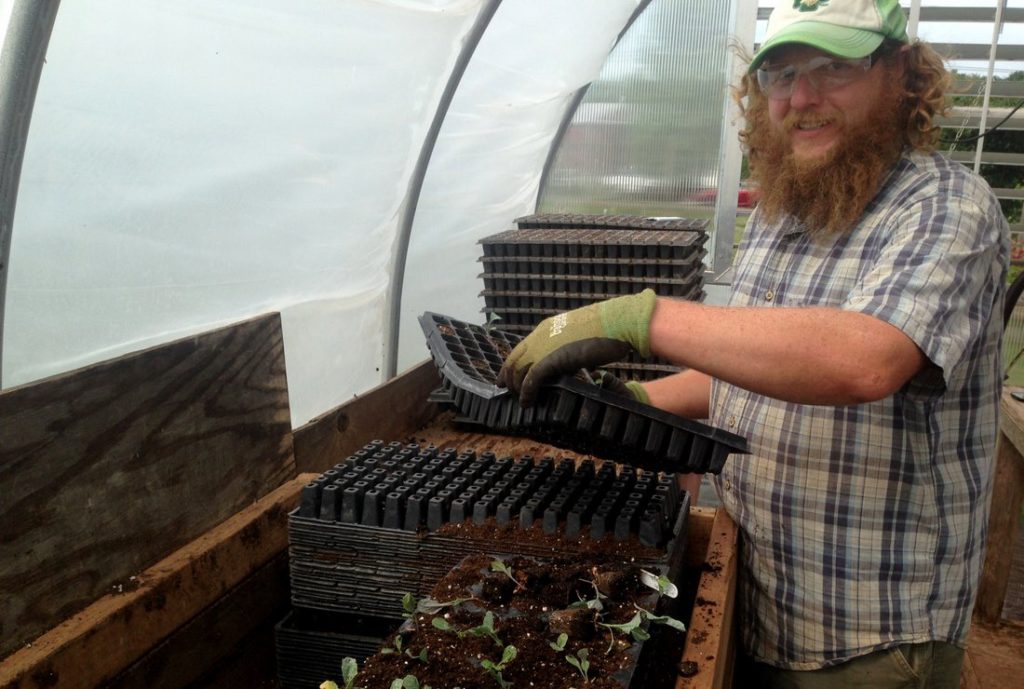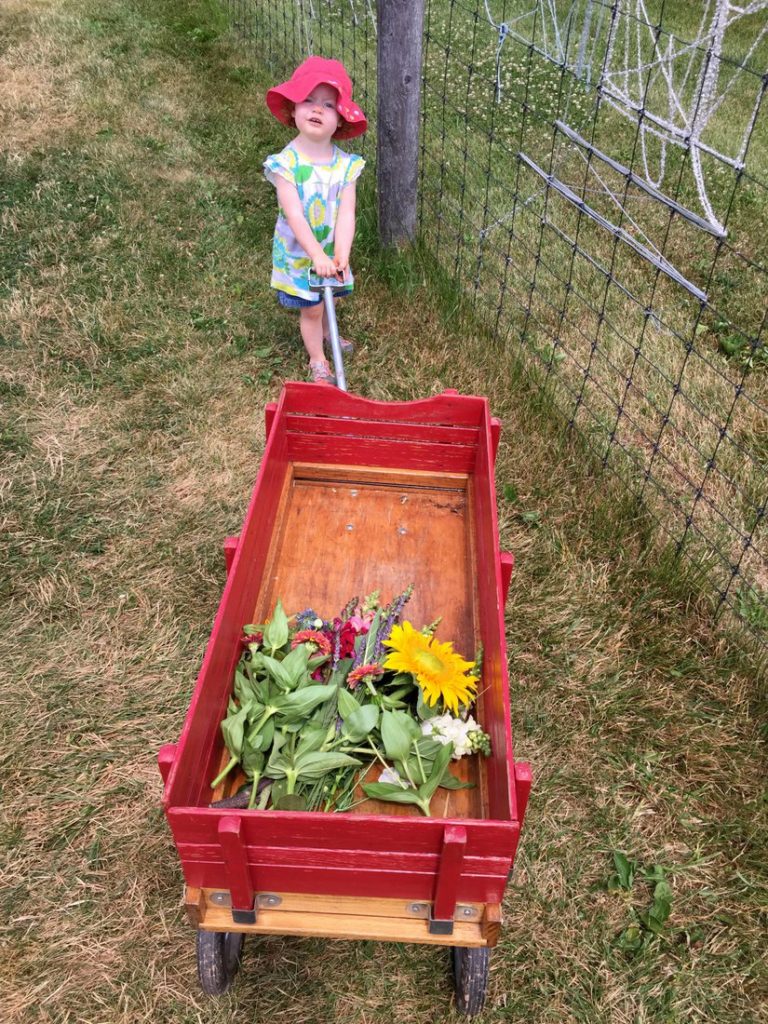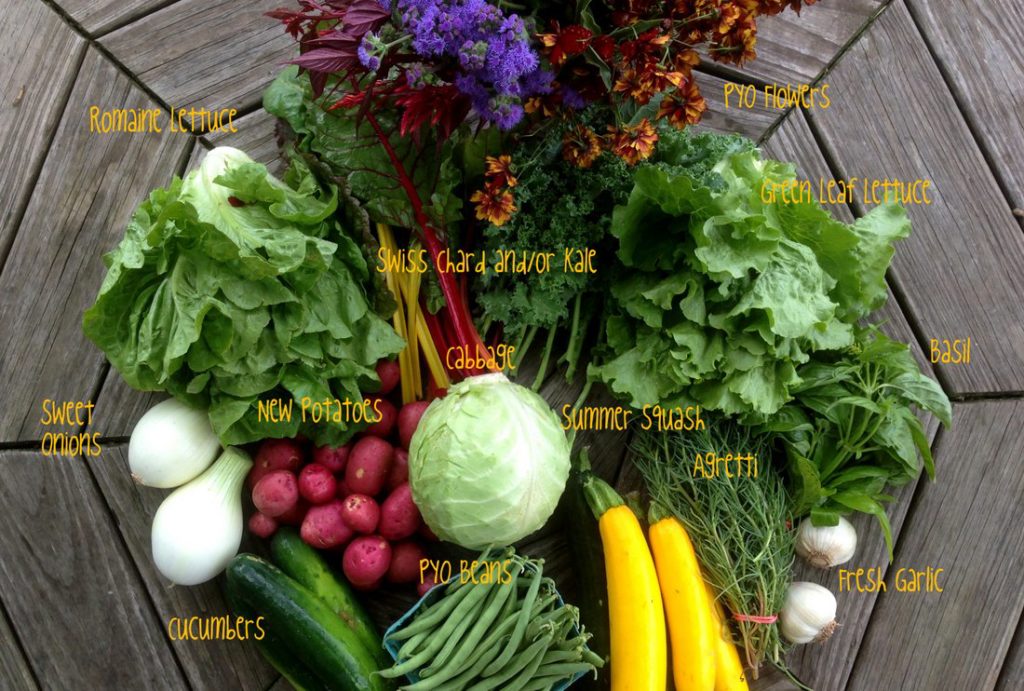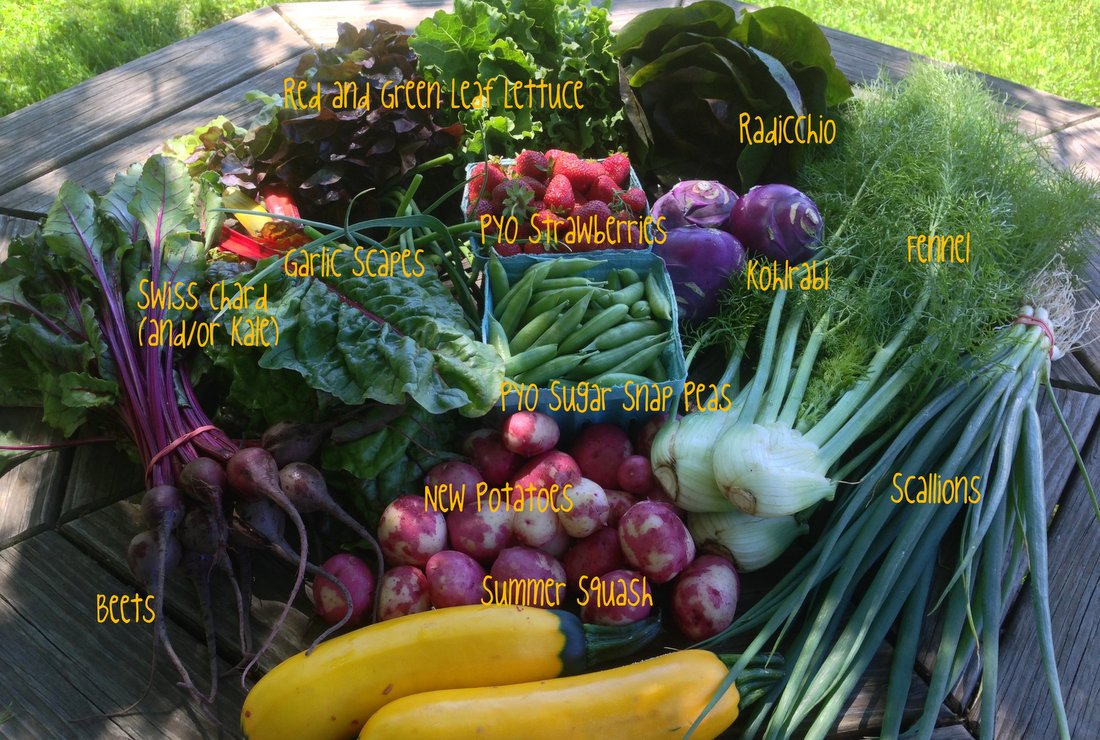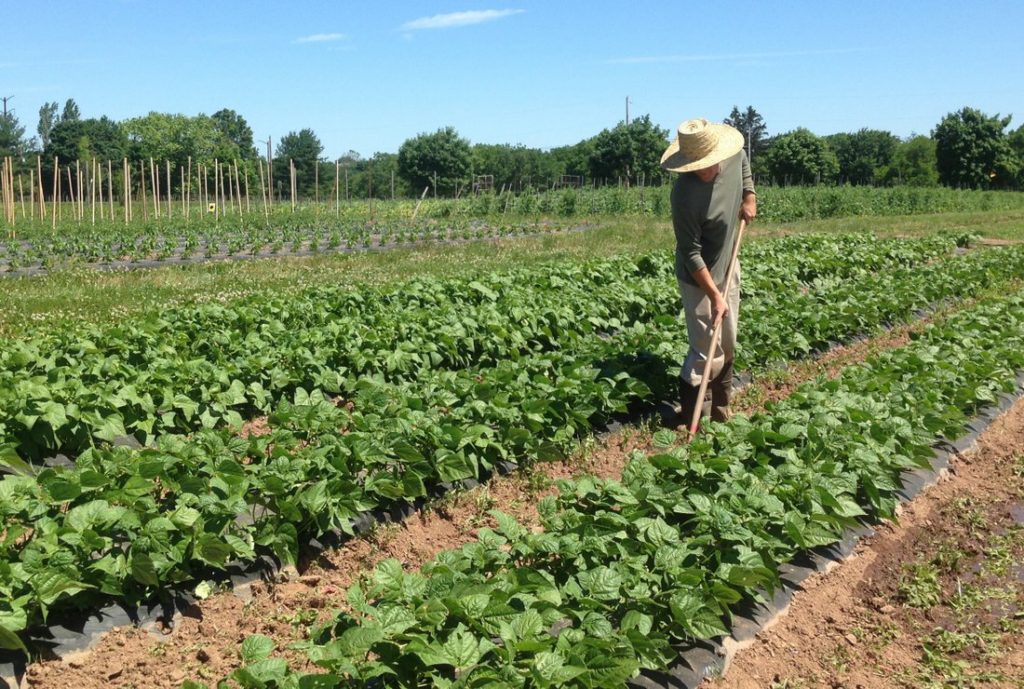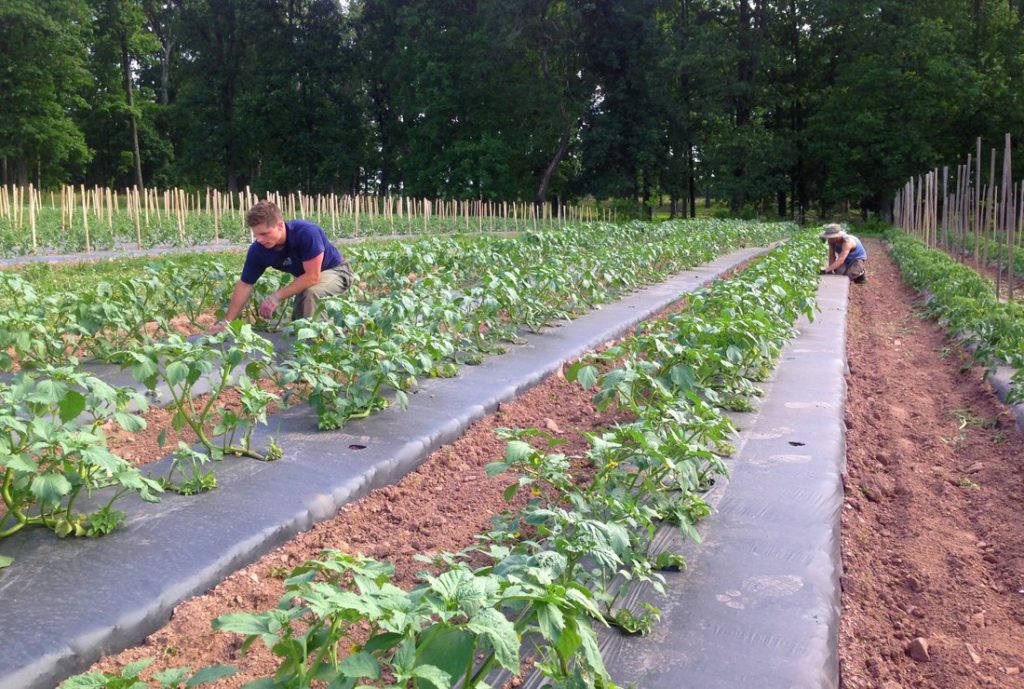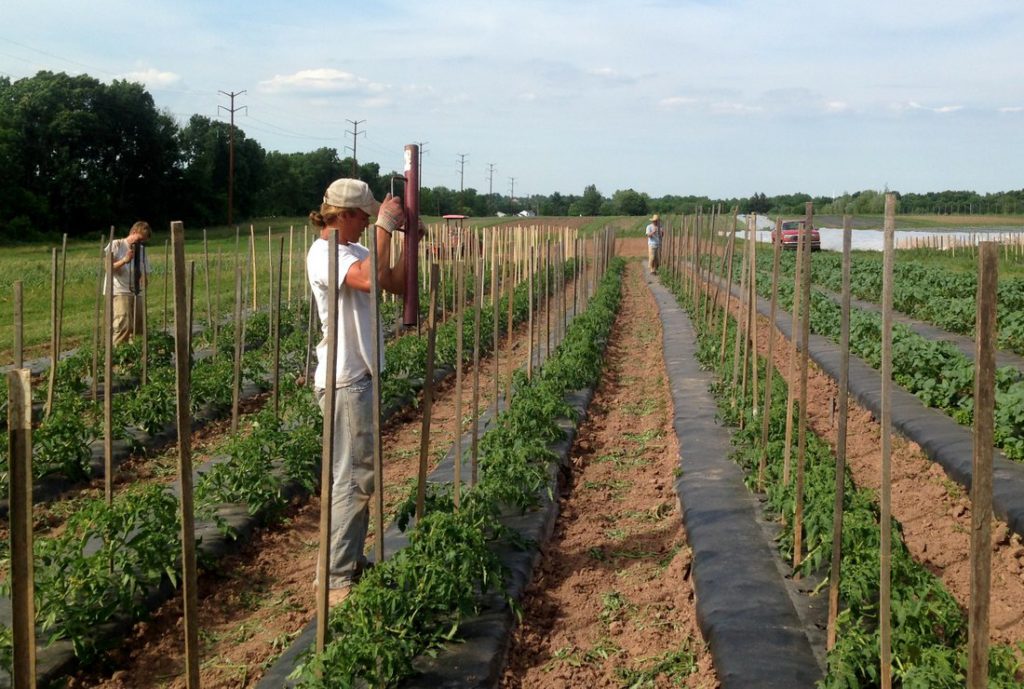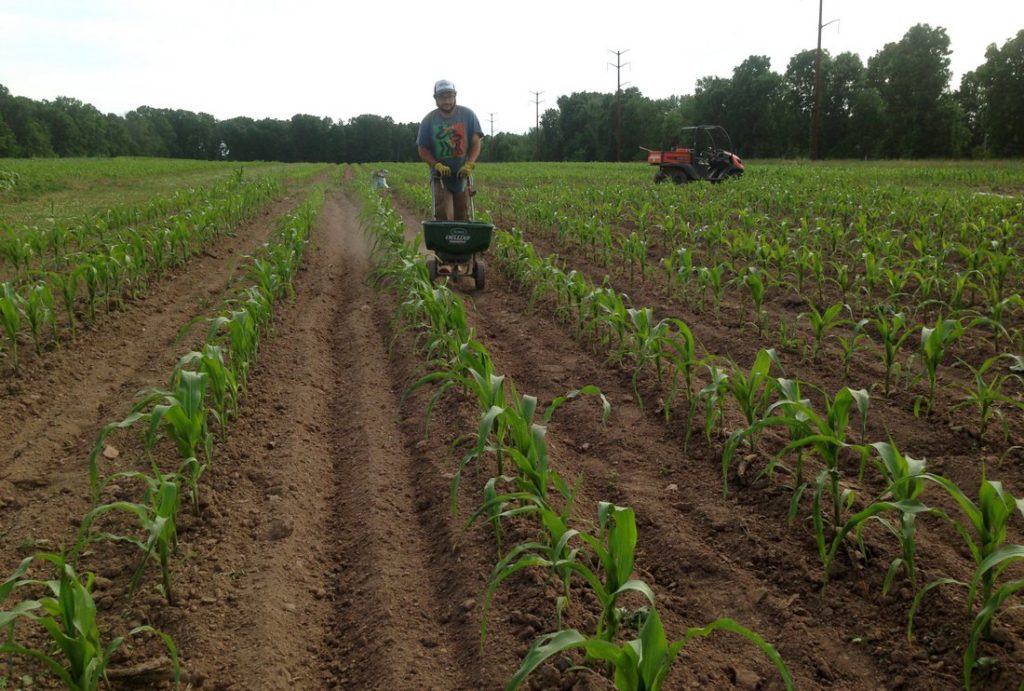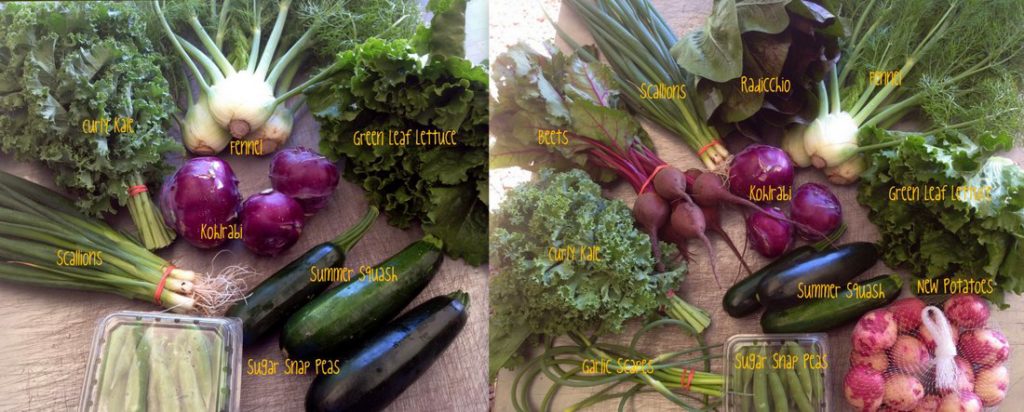28 May CSA starts week of May 30
What a wacky spring. Seems like we had better weather back in February. Though wacky is kind of the norm for our spring’s here in southeastern PA, the month of May has certainly been a mixed bag- from upper 90’s, lather on the sunscreen and break out the heat stress training guide kind of days, alternating with cold sweatshirt weather, ferocious wind, and pouring rain. This spring has certainly been cooler overall, so things are growing slowwwwly. The first few weeks of the CSA may be on the lighter side, but don’t worry, we’ll make up for it in the long run!
Our amazing farm crew has been jamming this spring, putting in long hours to stay on top of our to-do lists. From hand transplanting and weeding, trellising, tractor cultivating, seeding, thinning, hoeing, field and bed prep, tractor maintenance, harvesting, stooping, bending, shoveling, repeat, repeat, repeat.
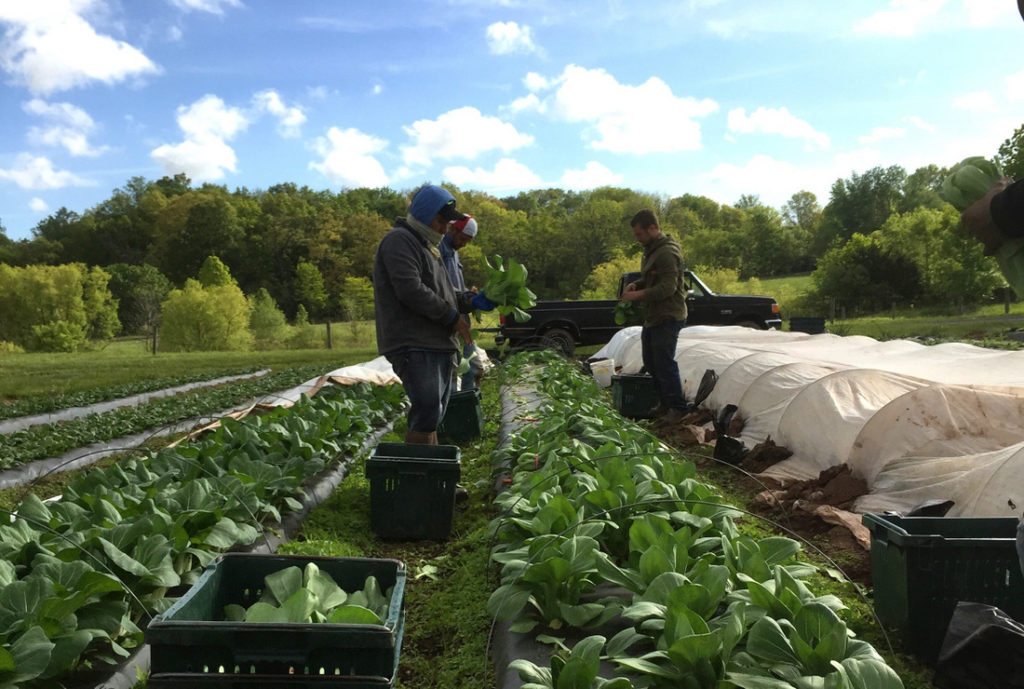
We’d love to introduce you to all your farmers, so we will be featuring them here in the coming weeks. With the exception of just two of our crew members (in addition to Tom and myself) we have a whole new farm crew this season. So that means everyone is learning tons of new skills every day, especially spending many many days this spring tacking down row covers in the wind, (practicing remaining calm and good natured while tacking down row covers in the wind), to re-tacking down row covers the next day (and still remaining calm and good natured while tacking down those darn row covers every few days). Offering protection from cold weather and from insects, at times it felt like the majority of the farm was under row covers.
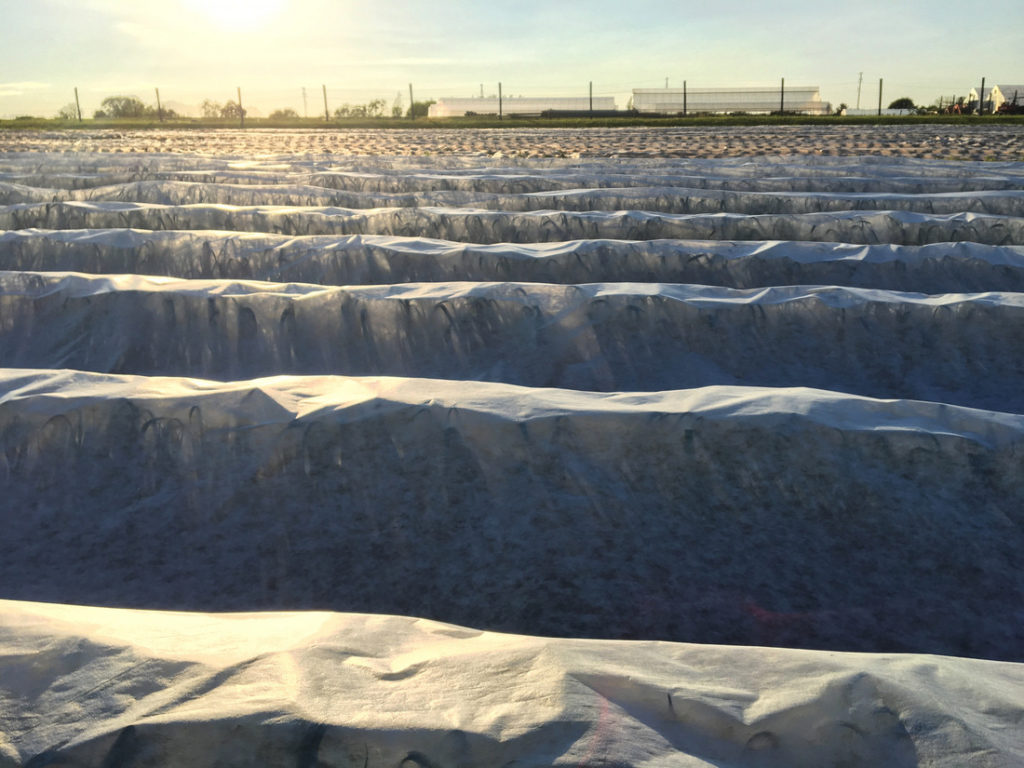
Skills can be taught but to maintain a positive attitude through the orchestrated chaos that is farming, that one is the most important skill, and not necessarily one we can teach. Thankfully farming is a job best suited for optimists, as every day something can and will go wrong and if you’re someone who focuses on the negative, you won’t get very far. True in much of life, I’m sure, but farming certainly has a way of exposing raw truths of human nature.
It’s amazing to see how much has been planted in the short window of time since winter started to wind down and the fields dried out. It’s only been two months, but we’ve got an incredible amount of food out in the fields growing. Tomatoes, eggplants, peppers, squash, cucumbers, lettuce, fennel, onions, beets, carrots, turnips, radishes, potatoes, kale, chard, cabbage, sweet corn, sweet potatoes and so much more.
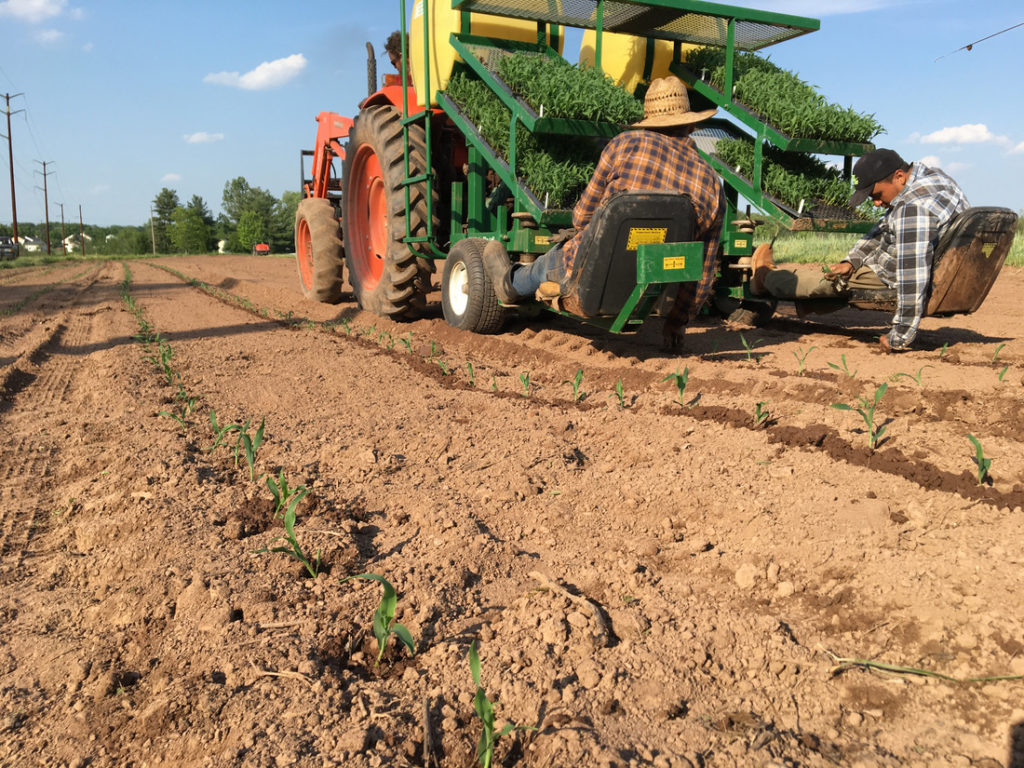
We are very excited for the CSA to begin next week. We look forward to the shifting energy on the farm (it’s so quiet without you all!) as we welcome the energy and enthusiasm of the hundreds of families heading to the farm each week to take home and enjoy the fruits of our labors. You can look forward to strawberries, kale, bok choy, spinach, lettuce, scallions, and garlic scapes the first week.
The CSA will begin:
- Tuesday May 30 and Thursday June 1 for on-farm full shares (weekly pick-up) and half shares week A (every other week pick-up).
- Tuesday June 6 and Thursday June 8 for half shares week B (every other week pick-up).
- Wednesday May 31 for all delivery shares (weekly delivery of medium and large boxes).
Please pay your balance by June 1st. Please kindly be sure that you have at least paid your down payment prior to your first pick-up.
Remember to “subscribe” to our blog if you wish to receive email notification when new blog posts go live on our website. The blog is a great way to stay connected with what is happening out in the field. You can also follow us on Facebook or Instagram. We will post a labeled photo of the share on Facebook every Tuesday afternoon so that you can refer to that in case you are unsure what veggies you got. If you are someone who prefers to know a day or two in advance what you are getting in the share, then you would be better off choosing Thursday pick-up.
New to eating fresh veggies? Check out the cookbook we have for sale, From Asparagus to Zucchini. In this classic cookbook of seasonal eating you will find lots of storage tips for each vegetable, as well as fantastic recipes. Keep an eye on our blog for recipes and cooking tips!
On farm pick-up reminders:
- Please make sure you are aware of your assigned pick-up day and week (A or B if you are a half share) and come on the correct day during the correct hours (between 1 and 7:30pm: **Do not come before 1pm, as we need every minute of the morning to get everything harvested, washed and put out in the distribution room. We clean up at 7:30pm, so please come before 7:30 and allow yourself to have enough time to be finished gathering your share by 7:30pm.) If you need to switch pick-up days permanently please let us know asap. If you just need to switch for one week, let us know via email by Sunday at 7pm of the week you wish to switch. You do not need to let us know if someone else will be picking up the share for you- just make sure they sign in for you.
- We have a new page on our website which is displaying an event calendar. In addition to classes, chef demos and farm events, you will see the CSA schedule posted there, with color coding for weeks A and B (in case you forget where we are in the rotation). We’ve got lots of great stuff planned so check it out!
- BYOB- Bring your own Bags/Baskets/Box for picking up your share.
- Please remember to locate the sign-in sheet FIRST, and sign-in BEFORE picking up your share.
- There will be strawberries to pick the first few weeks of the CSA season. Please wear the proper footwear for heading out to the fields (depending on the weather, the fields can be very muddy). We will provide a quart container to pick into, but we ask you to leave it at the farm, so bring your own container or tupperware to take your strawberries home in.
- There is a port-potty and hand washing station located in the parking lot by the silo if you should need the restroom while you are at the farm.
Interested in a Fruit Share? New for 2017: A 12-week CSA Fruit Share membership from our friends at North Star Orchard (in Chester County, Pa), which you’ll be able to pick up here at the farm on CSA day! We encourage you to take a look at what the share has to offer here: https://northstarorchard.com/fruit-share This is not ordinary fruit, but unique and heritage varieties which are full of flavor: plums with pizazz, perfect peaches, amazing Asian pears, great (seedless) grapes, astounding apples, and a sprinkling of heritage pear varieties. North Star Orchard grows no standard varieties, but rather heritage and super-flavorful varieties which you’ve likely never heard of and will knock your socks off! Sign up directly with North Star on their website: https://northstarorchard.com/csa-locations-signup, or if you need to reach them directly, email Lisa@northstarorchard.com And for a quick view of North Star Orchard itself, enjoy this 90-second bird’s eye view: https://www.youtube.com/watch?v=izdj6VIWyao
Interested in a certified organic pastured meat share? Sign up with our friends and neighbors in Sellersville, Pa: Hershberger Heritage Farm. You may have met Nate Hershberger last season, he was a regular here at the farm, set up in the parking lot on Tuesday and Thursday afternooons with his offerings of fresh certified organic pastured chicken, pork and eggs. He’ll be back again on Tuesdays and Thursdays during CSA pick-ups. However, if you join his new “Free Range” CSA, this flexible model gives members access to their provisions at a significant discount (10-15% off retail prices), and the flexibility of purchasing exactly what and how much you’d like throughout the season. For more information and to sign-up, click here http://www.hhf.farm/csa-info
Interested in a Bread Share? Bakers on Broad in Souderton will be offering their delicious artisan bread shares again this season. (Full shares will be delivered weekly, half shares will be delivered every other week on your corresponding pick-up days). The cost for the bread share is $5/ week for full shares ($120 total) and $5.50 for half shares ($65 total)- one loaf is delivered each time. The breads you will enjoy include: Spelt, Whole Wheat, Sesame Semolina, Italian, Olive, German Rye, Country Grain and many more! To register, click here for the sign-up form. You will need to print and fill out, then mail to Bakers on Broad with a check, or call them for credit card payment. All information is on the form.
*Fruit, meat and bread shares are only available to CSA members picking up at Blooming Glen Farm in Perkasie.
We are looking forward to a great 2017 farm season! See you soon!
Post and photos by Tricia Borneman, Blooming Glen farmer and co-owner (*Header photo by Matt LaVergne). Tricia and her husband Tom have been farming together since 2000. Blooming Glen Farm is celebrating its 12th season bringing high quality certified organic vegetables, herbs, fruits and cut flowers to our local community.





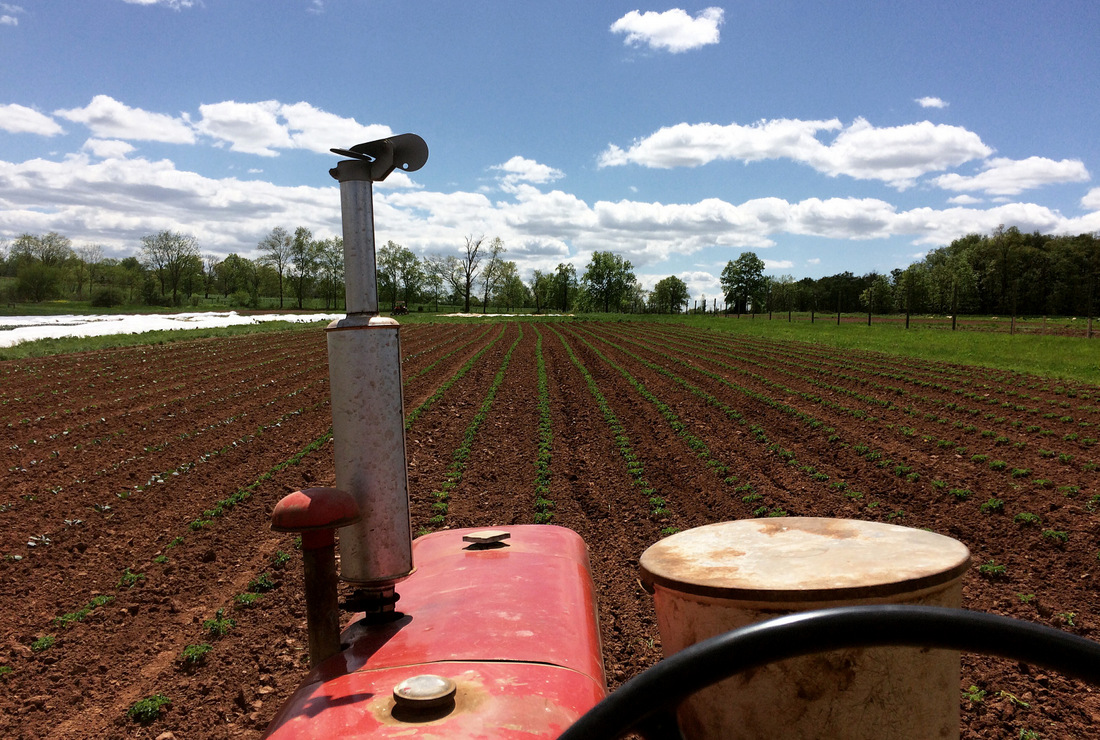

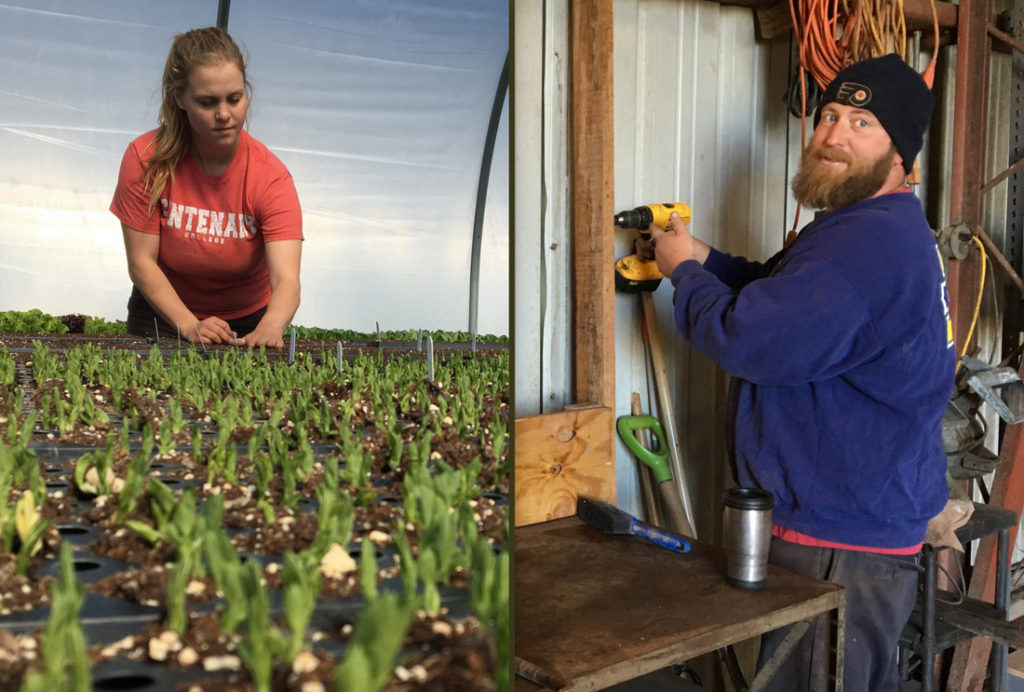
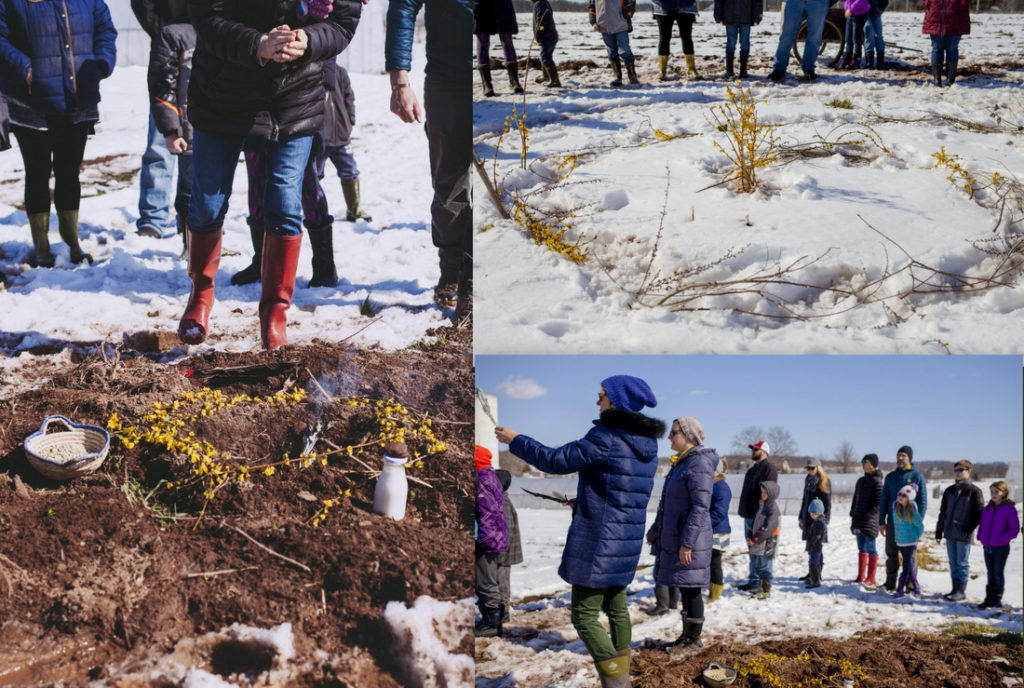
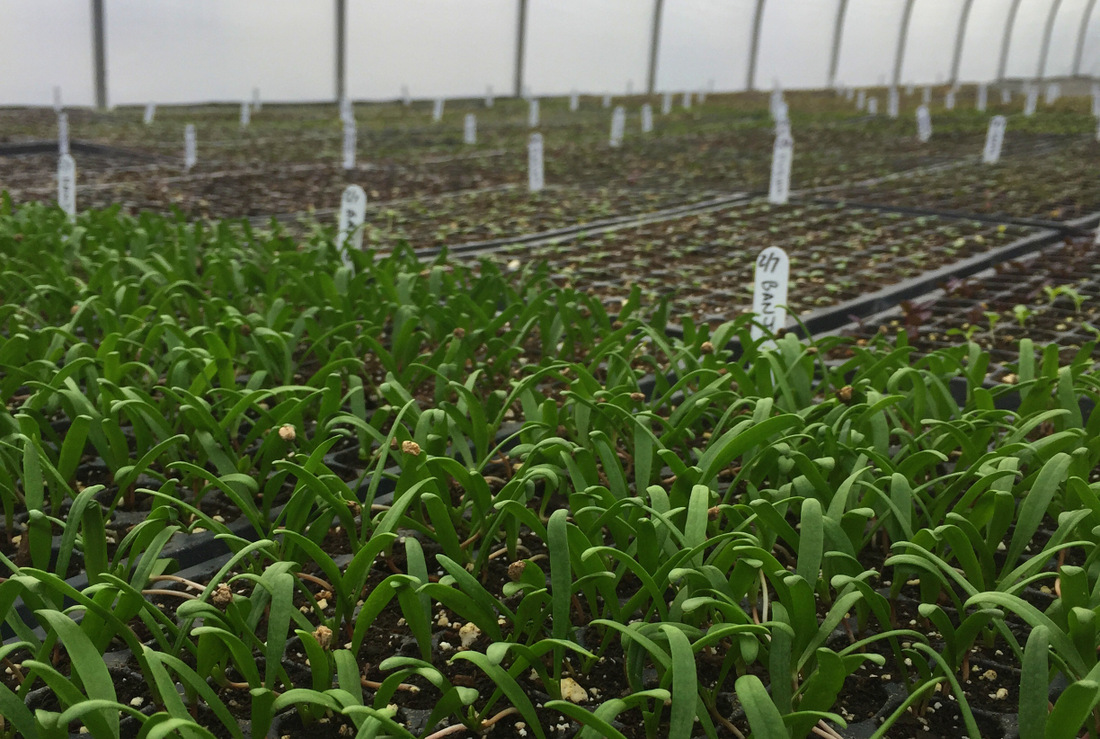
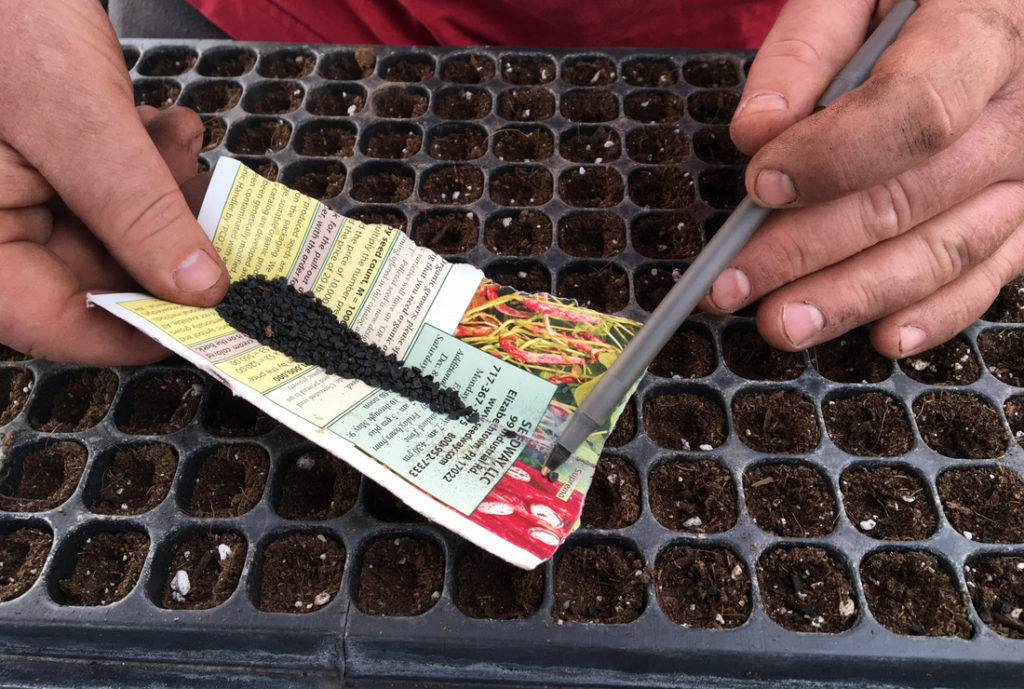
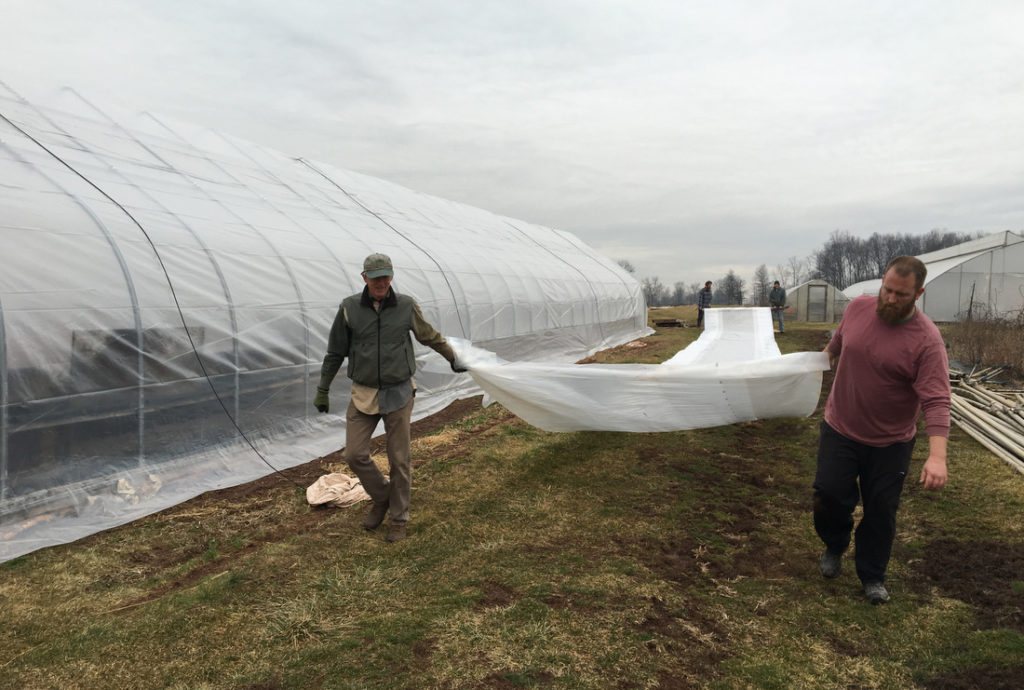
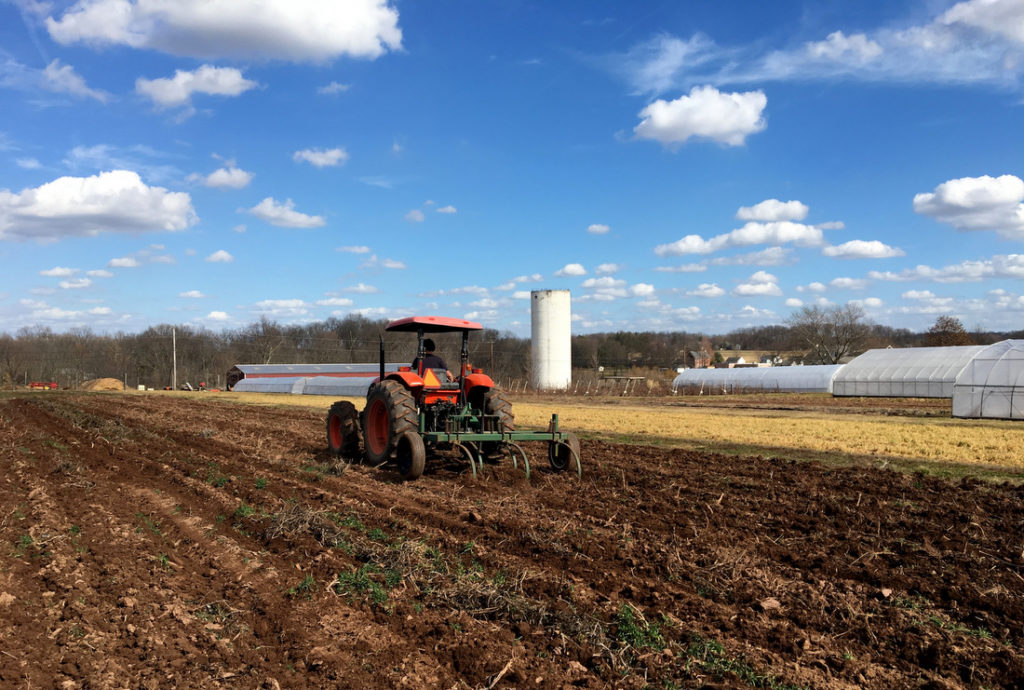

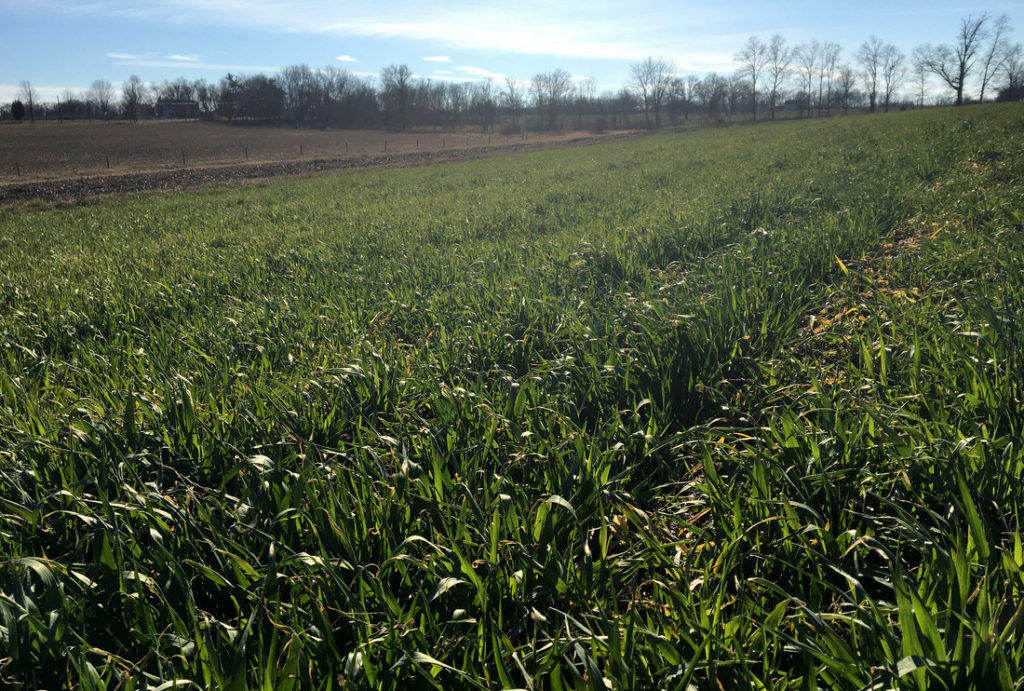
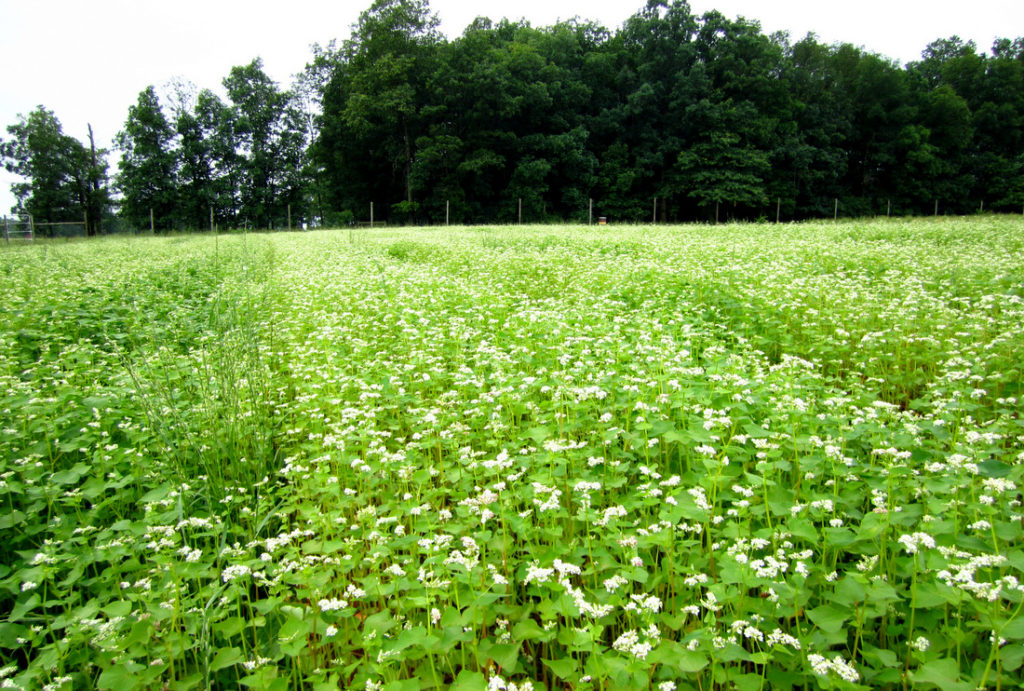
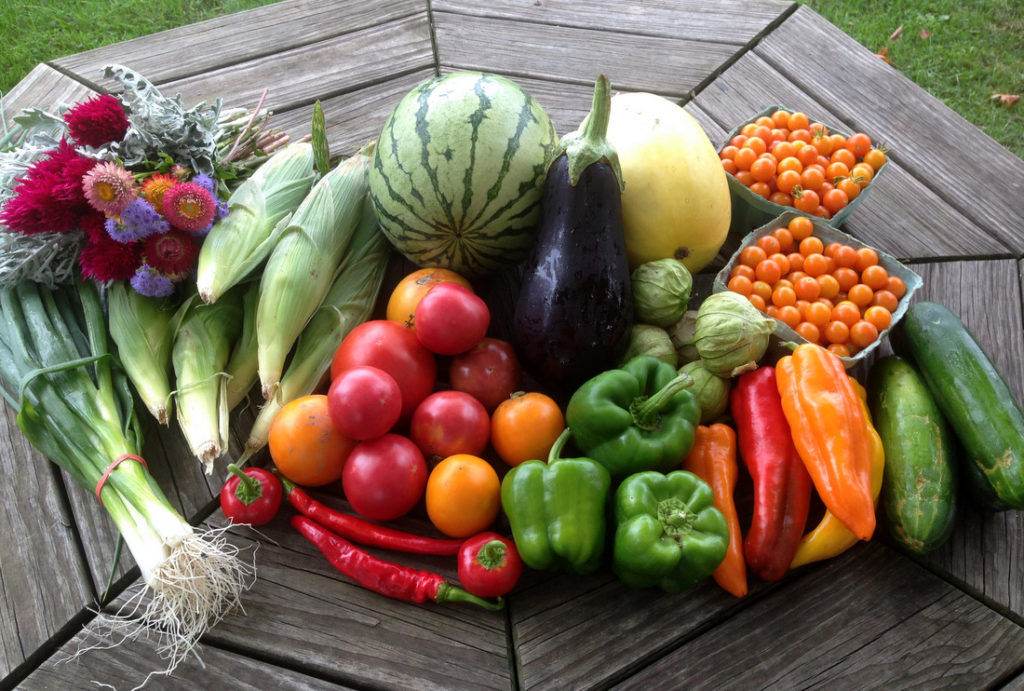
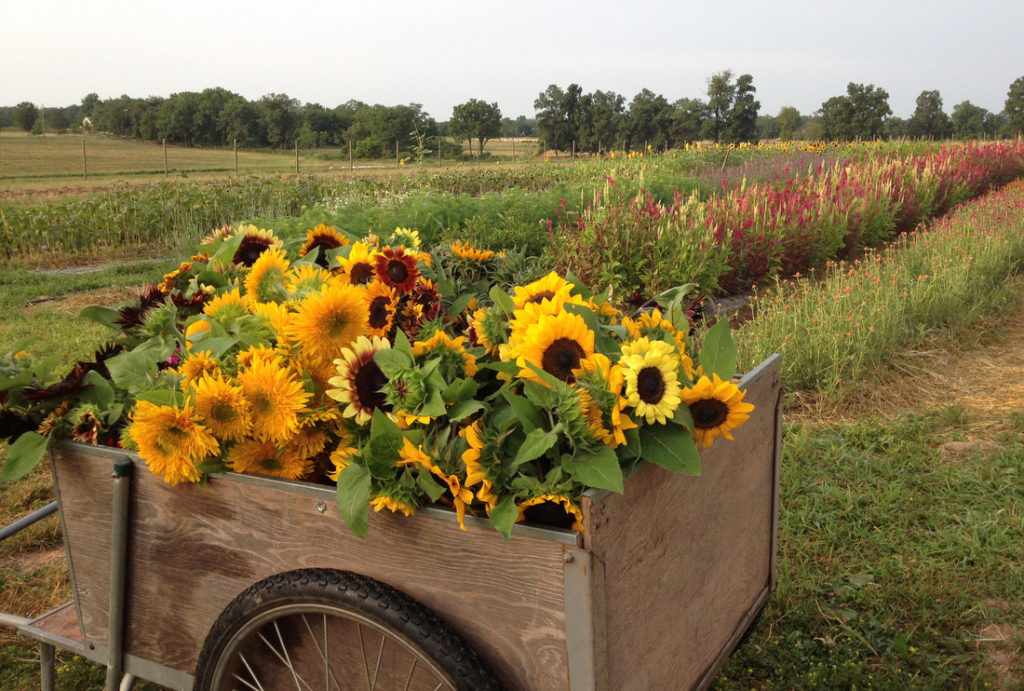
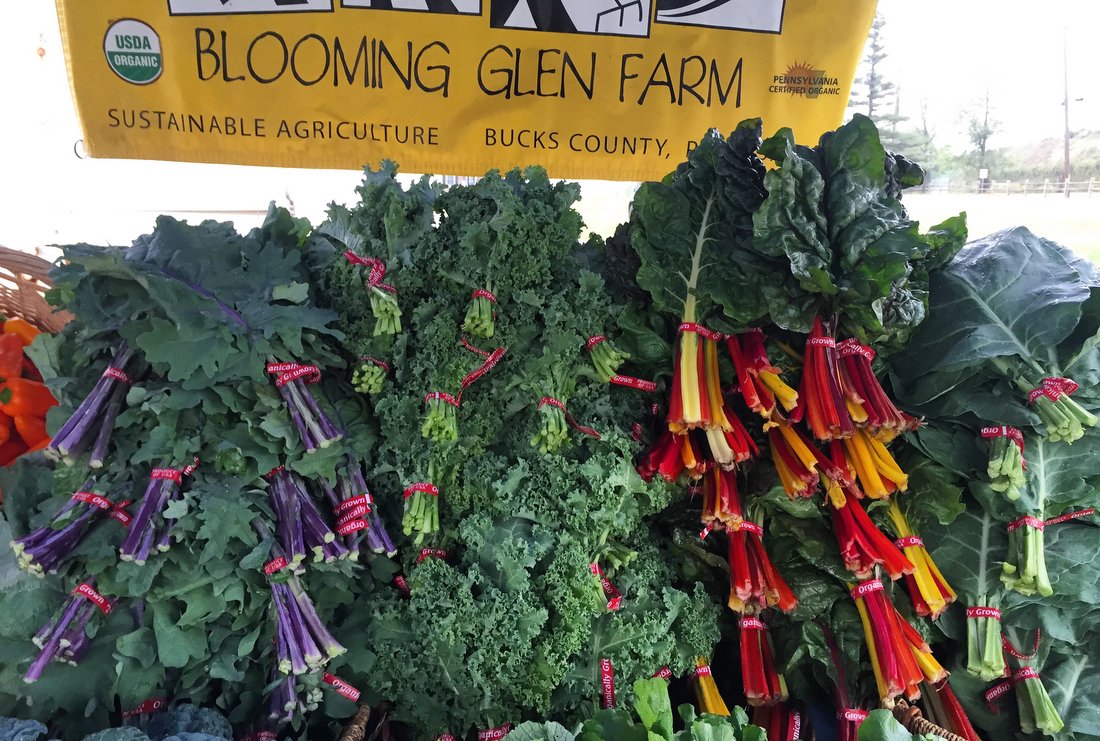
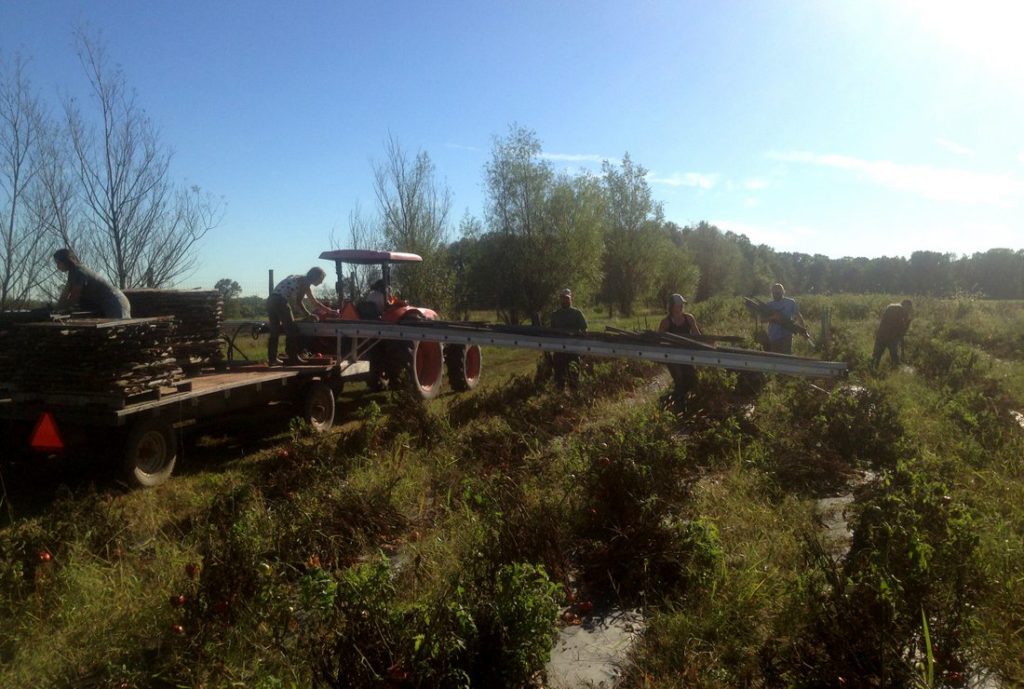
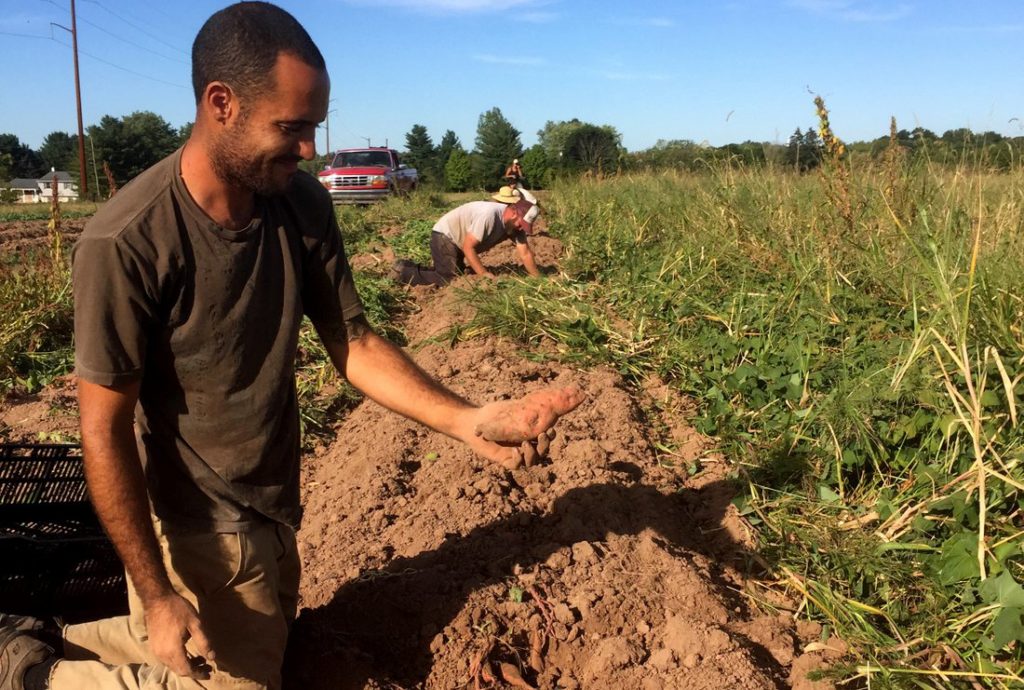
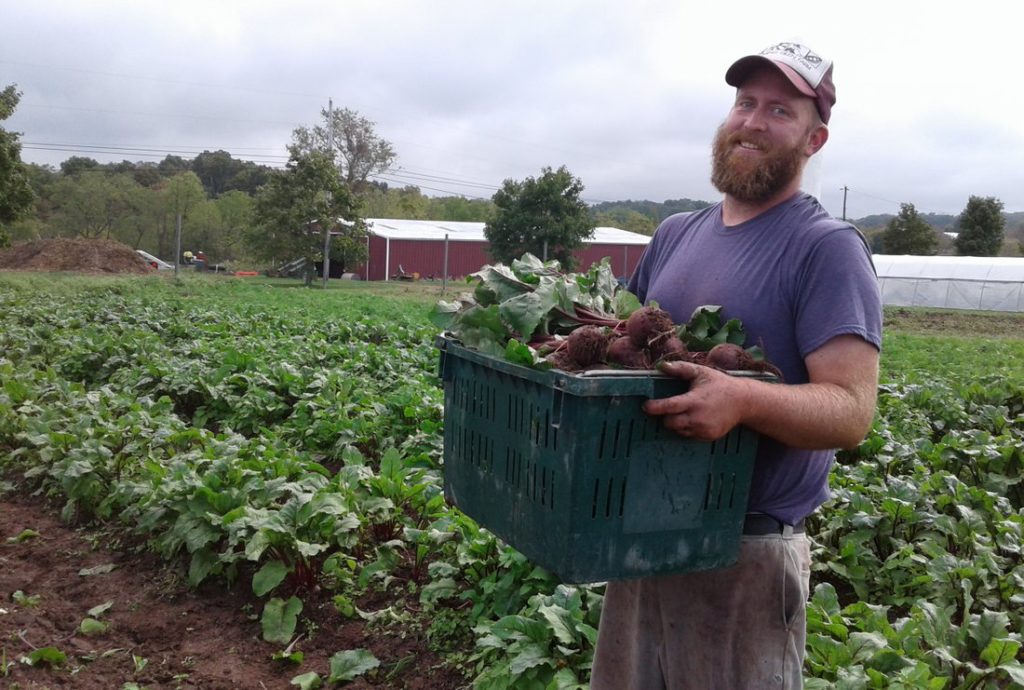
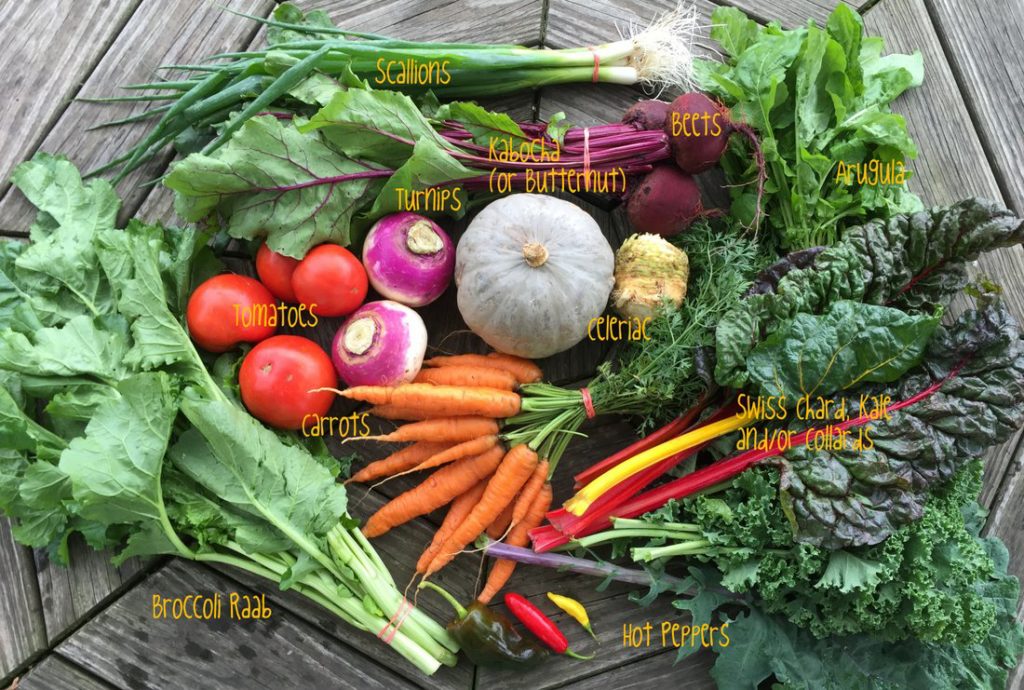
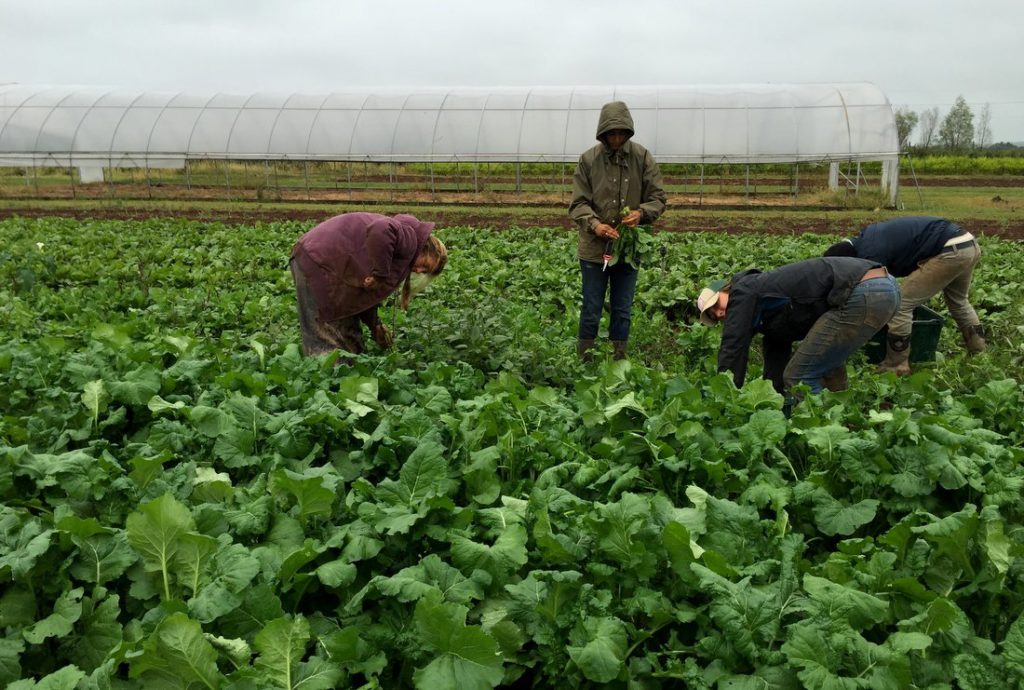
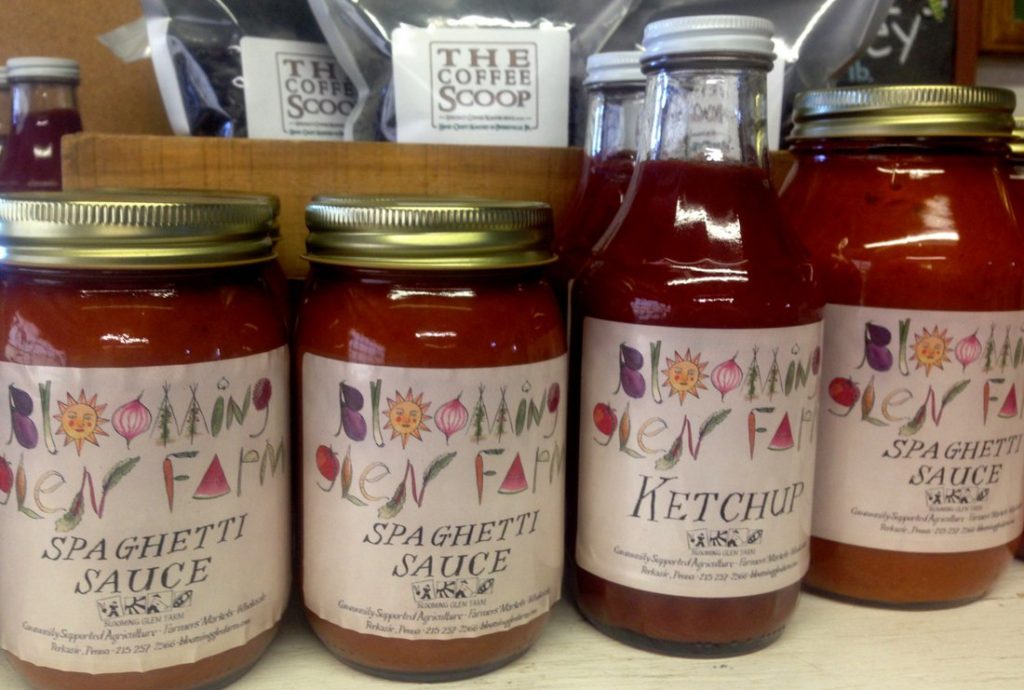
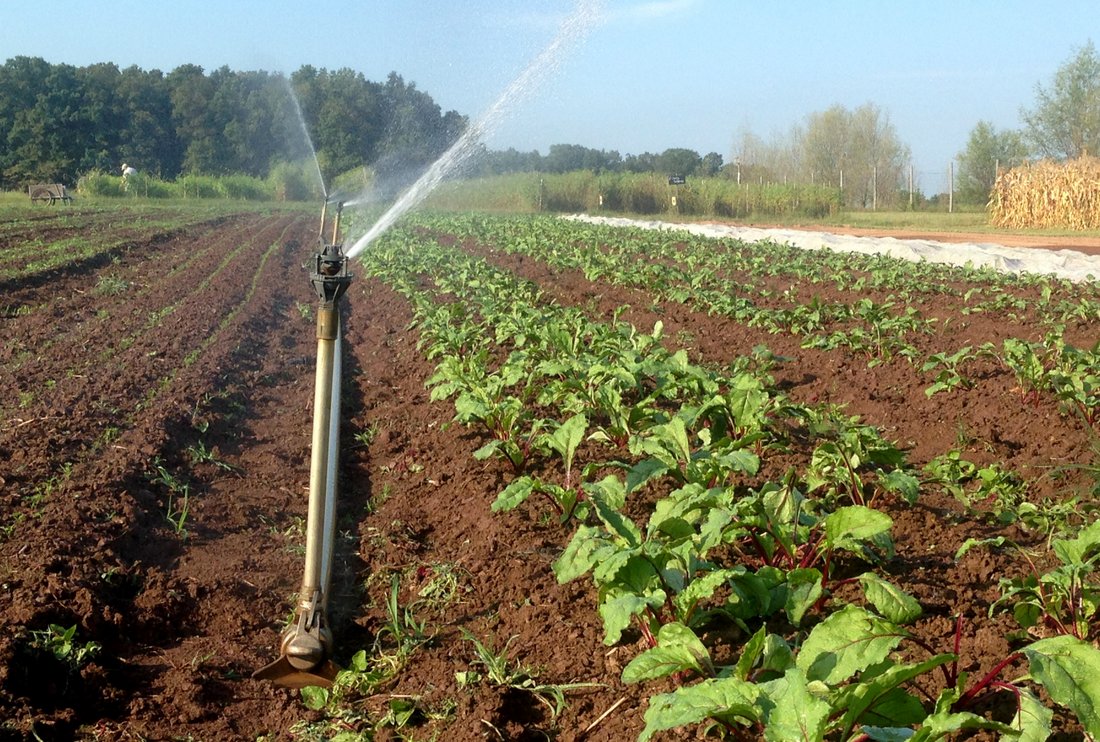
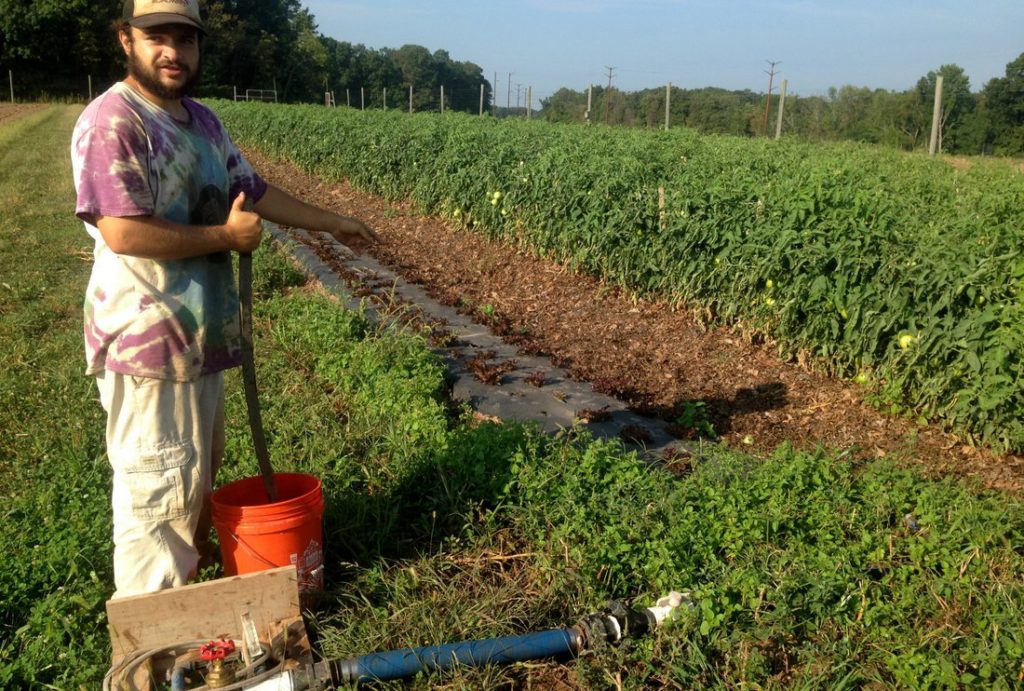
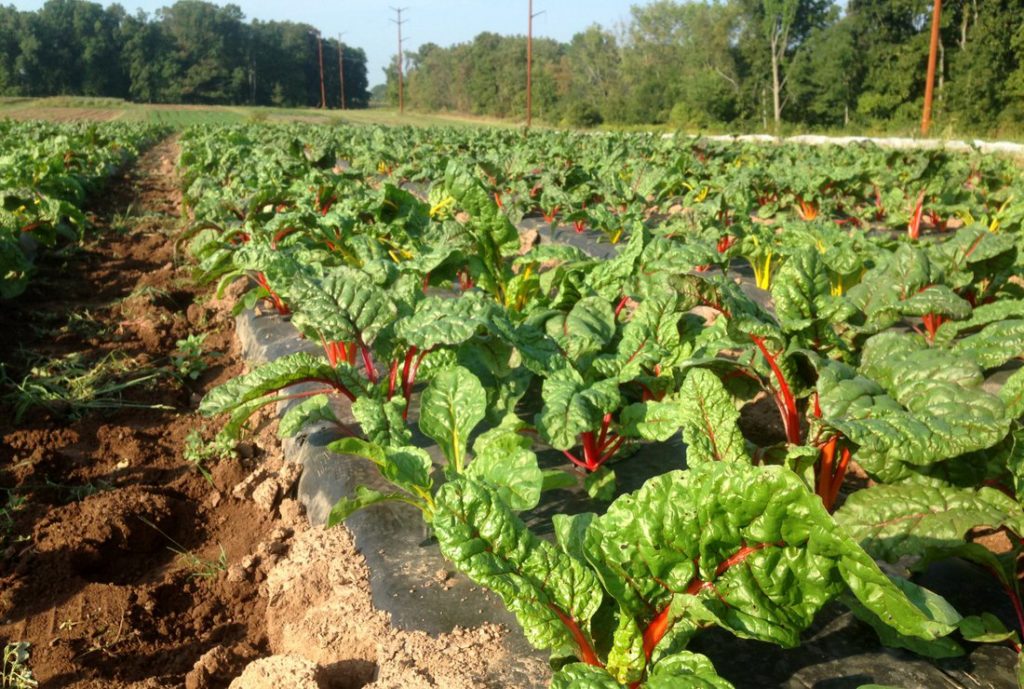
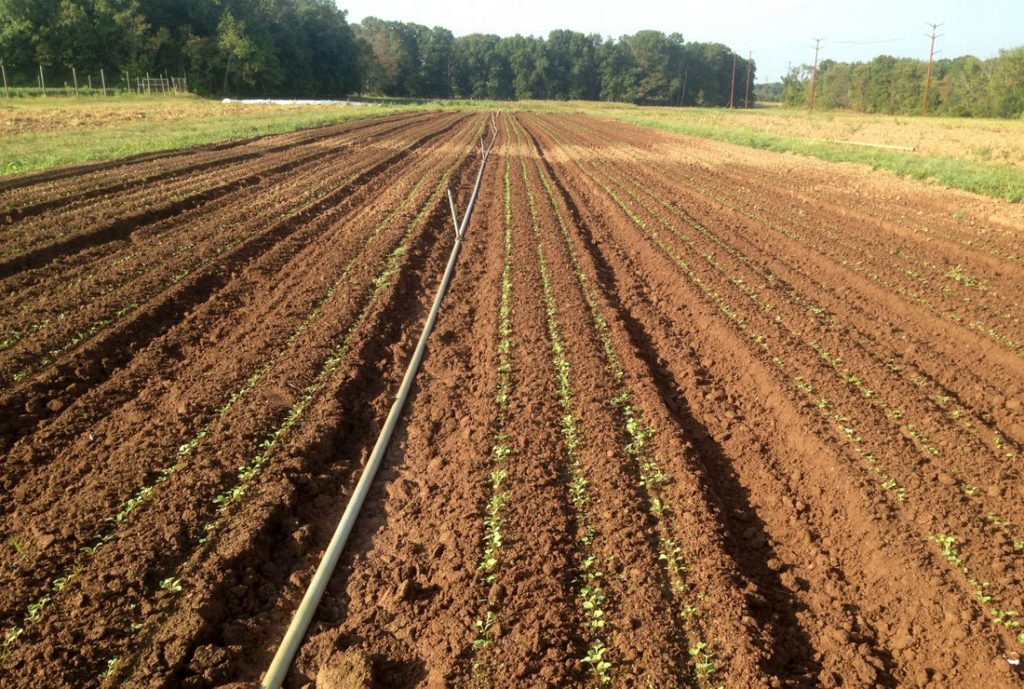
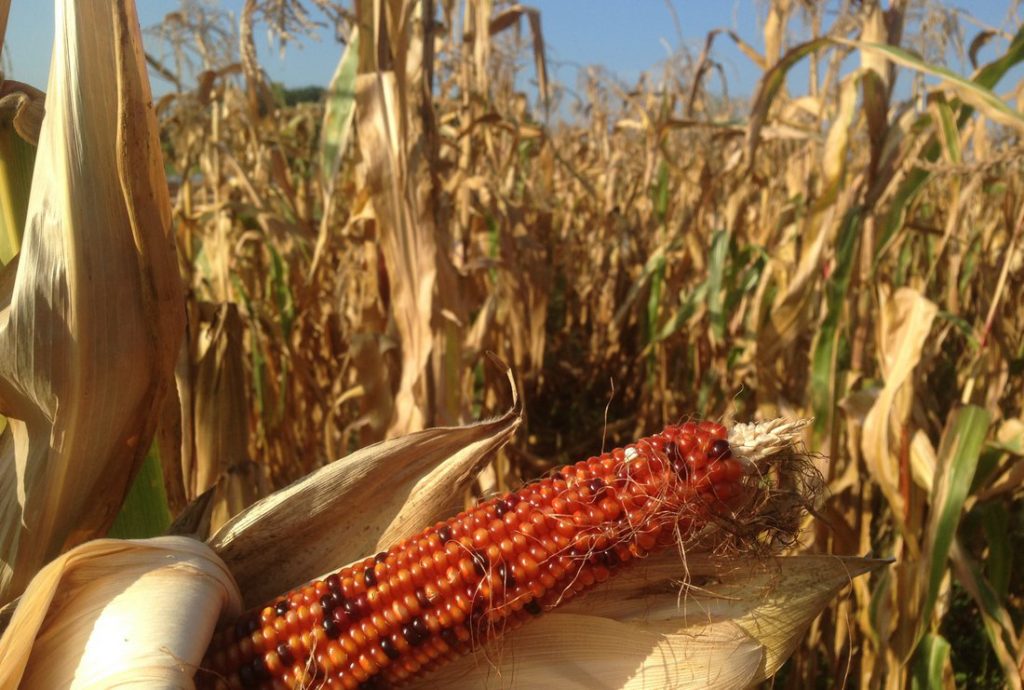
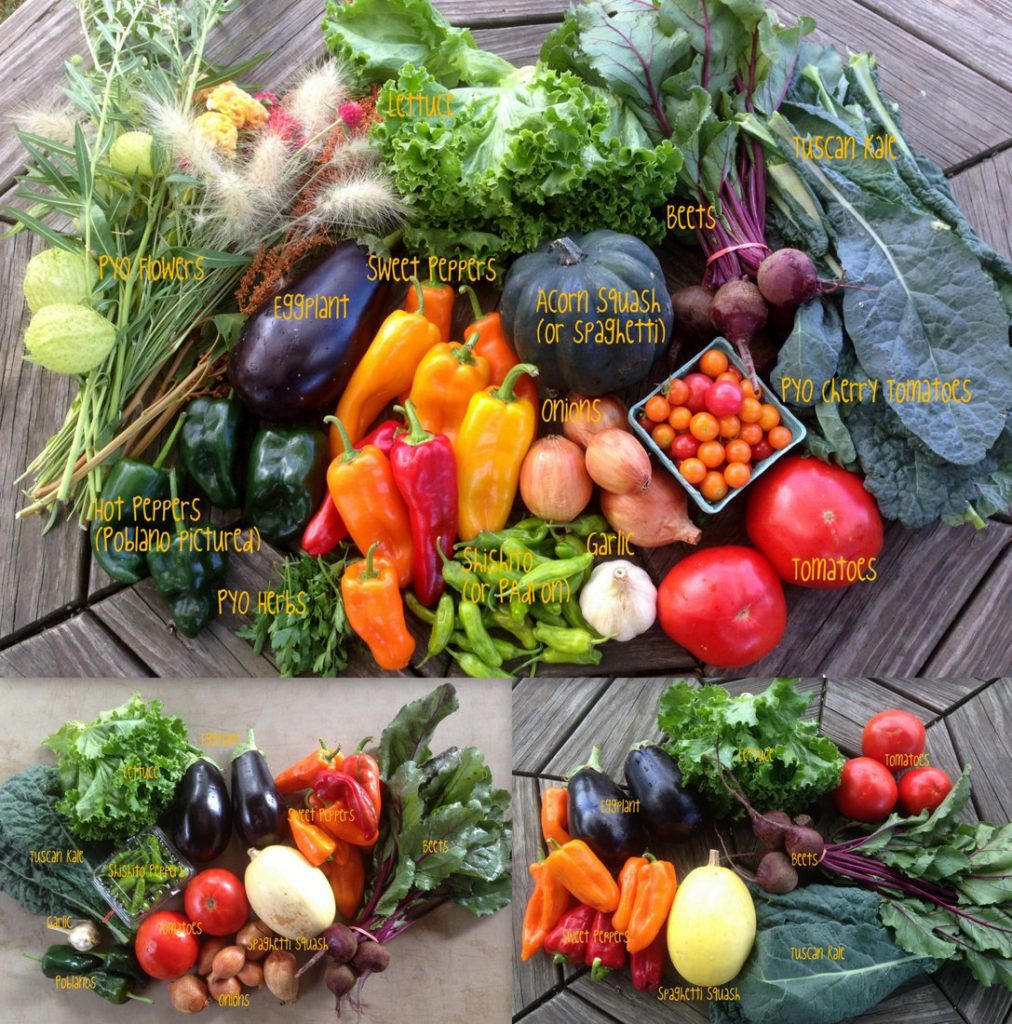
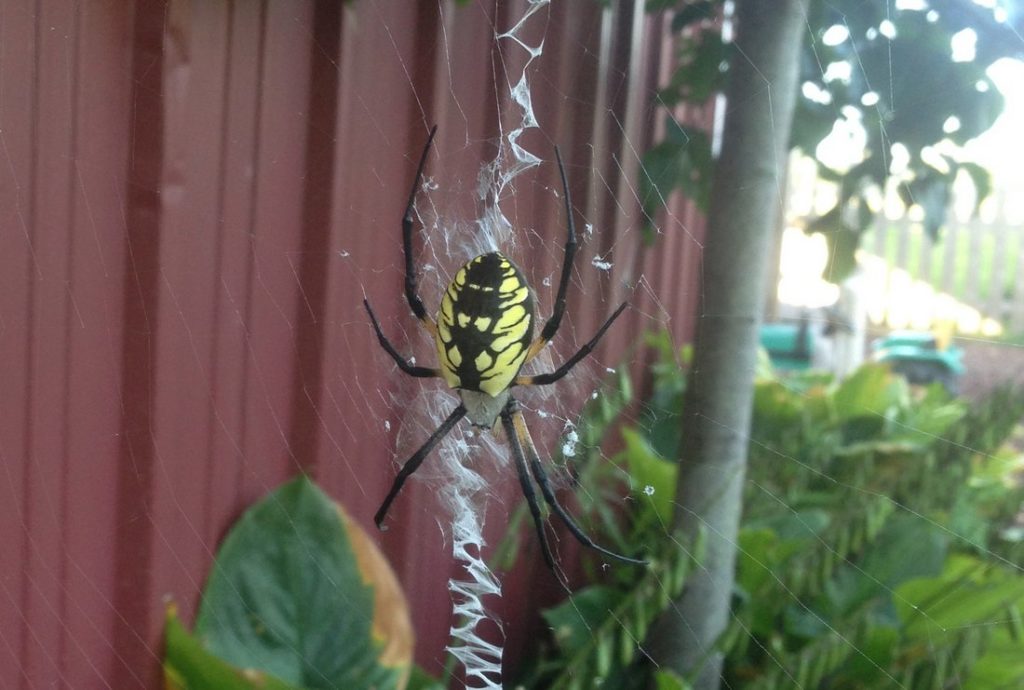
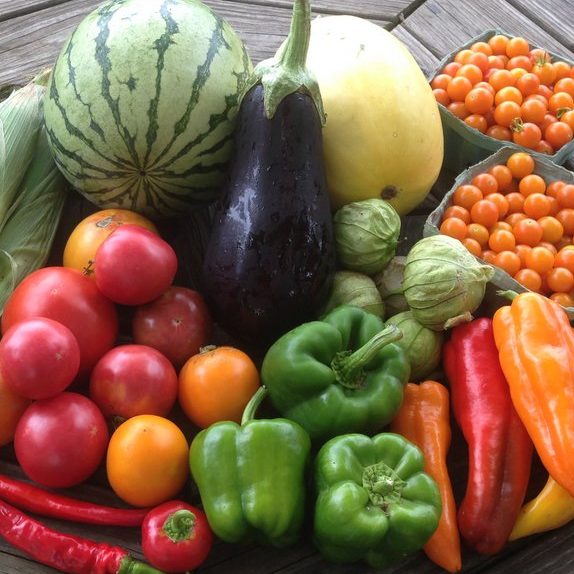
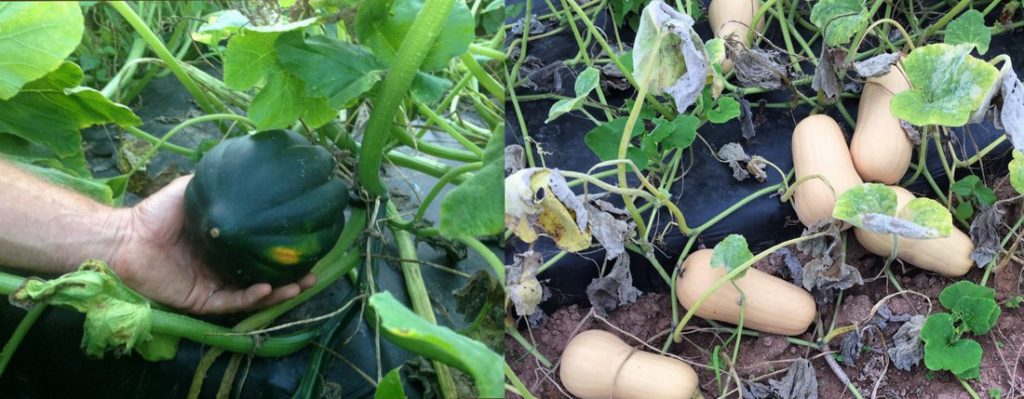
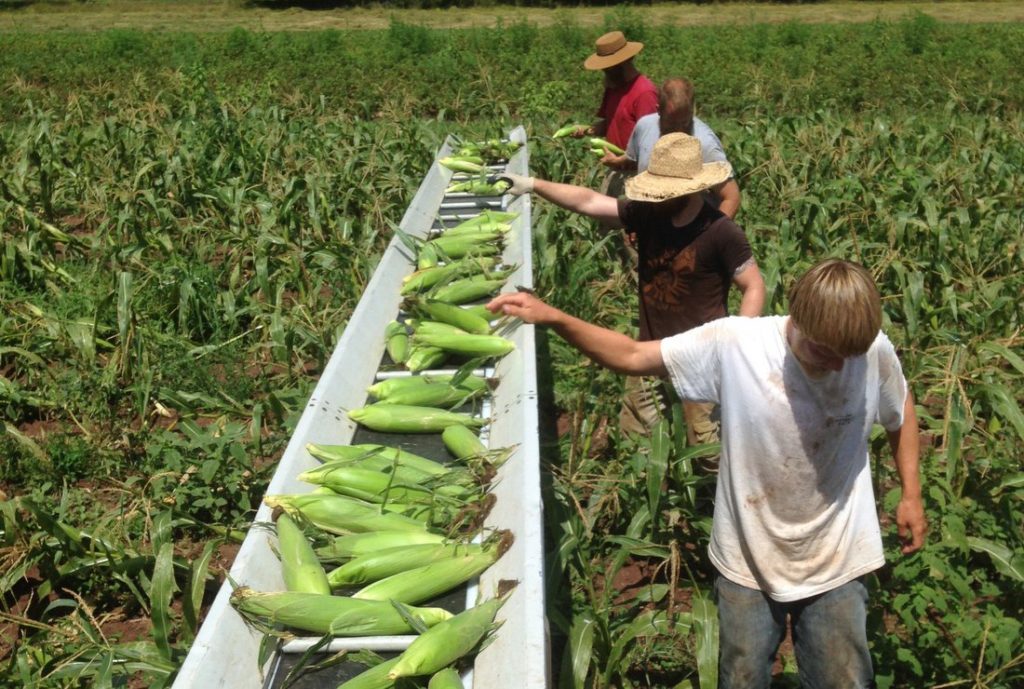
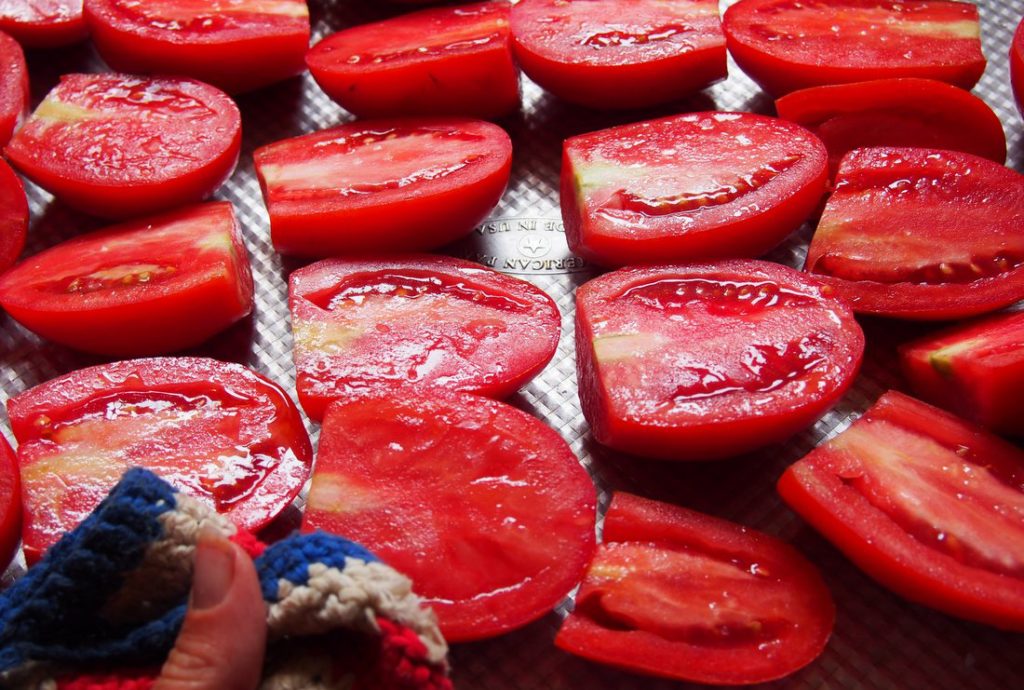

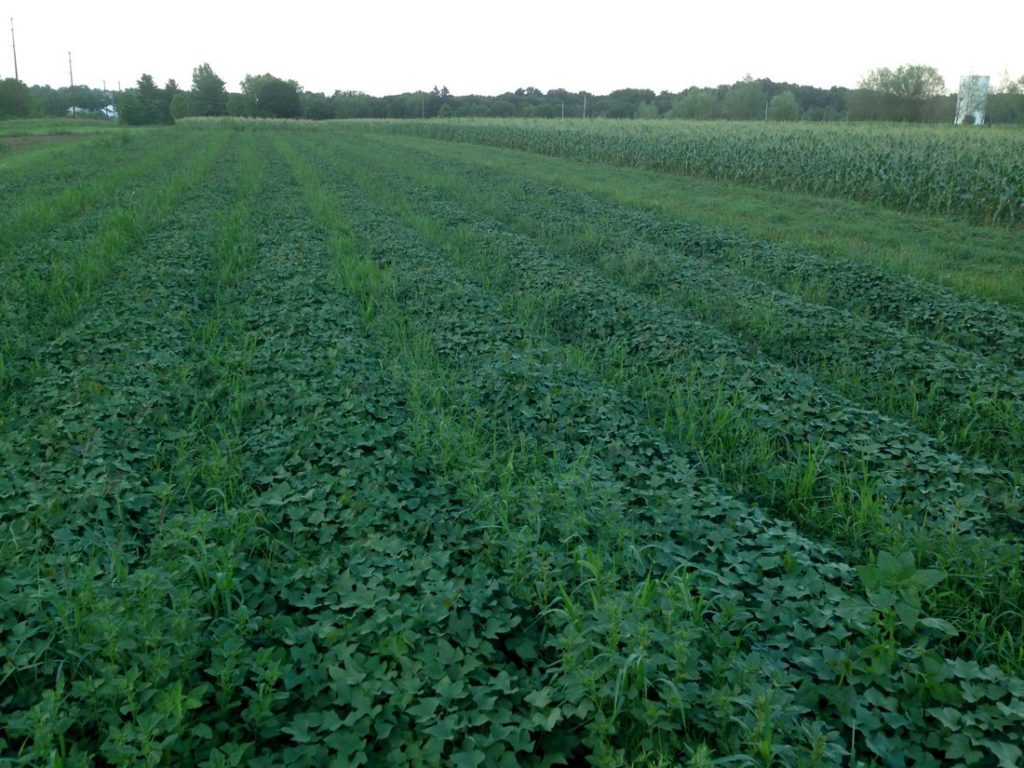
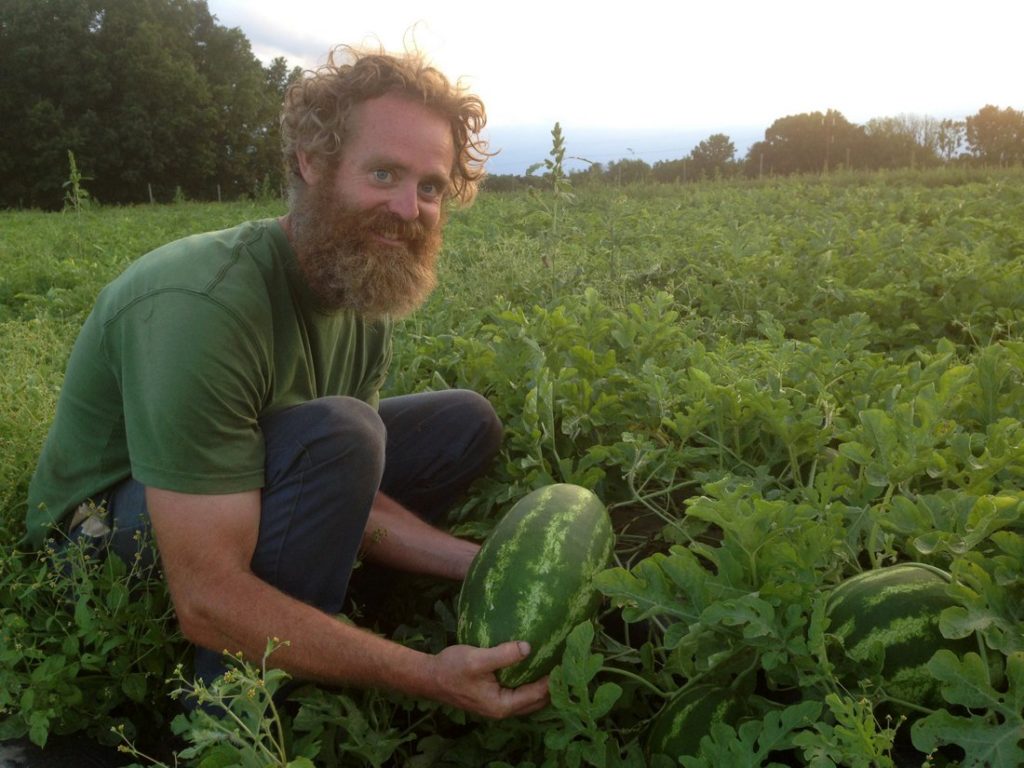
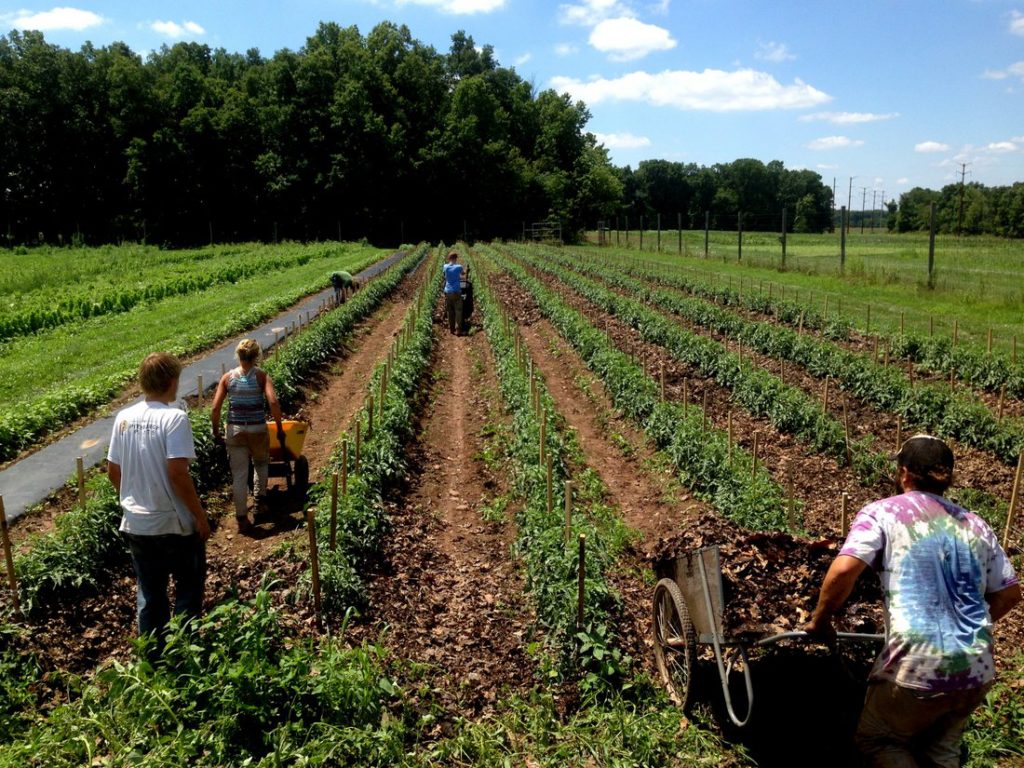
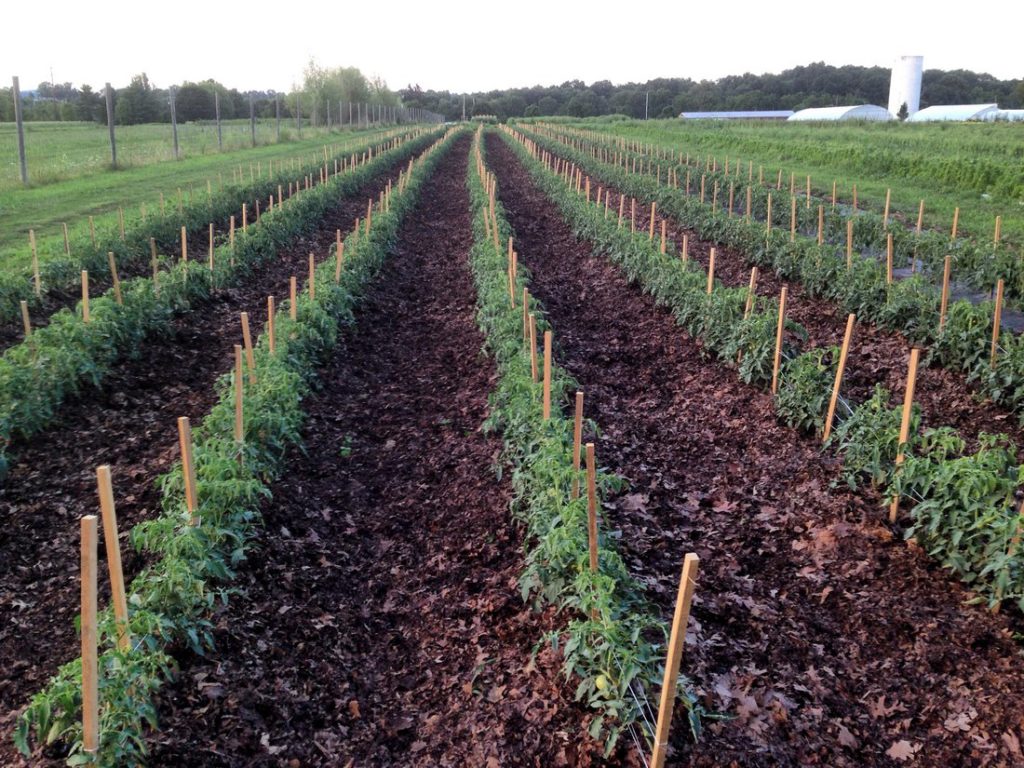
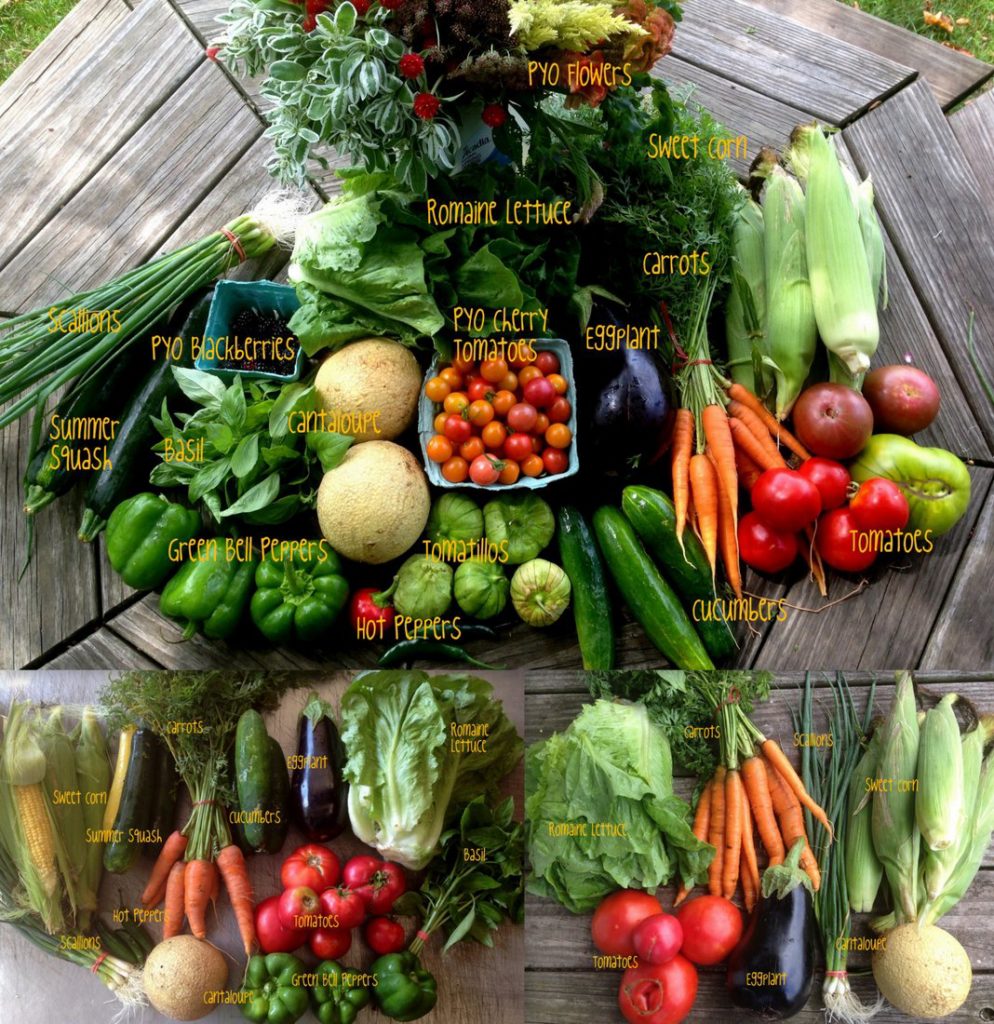
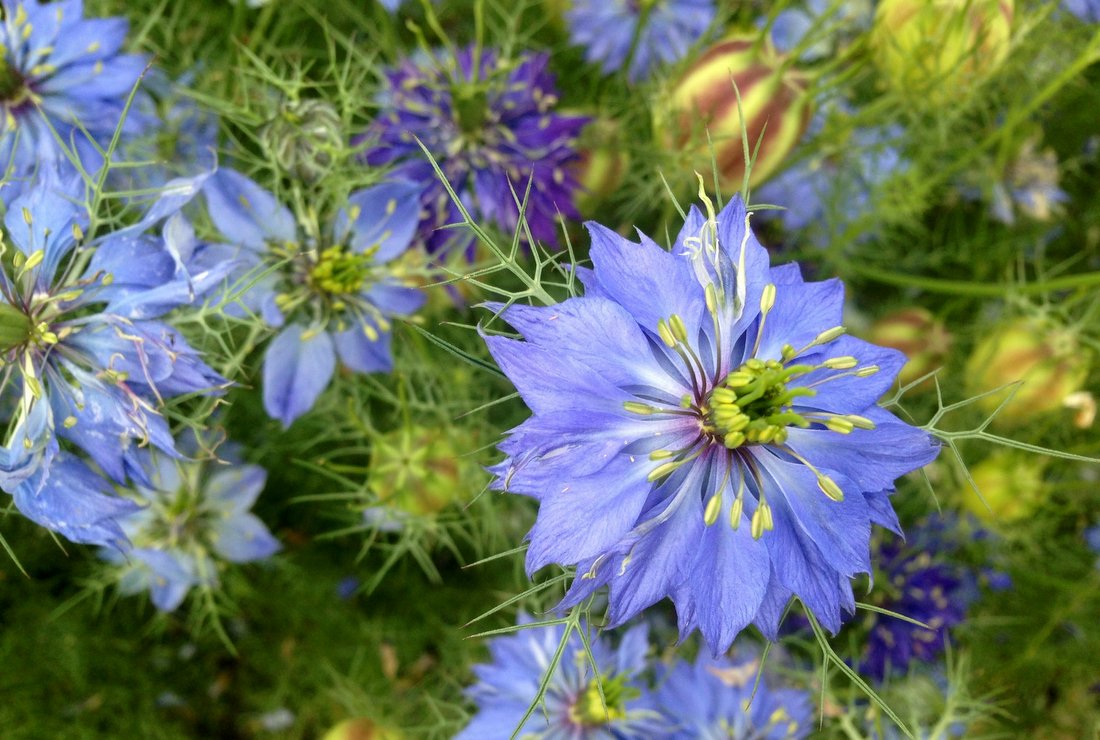
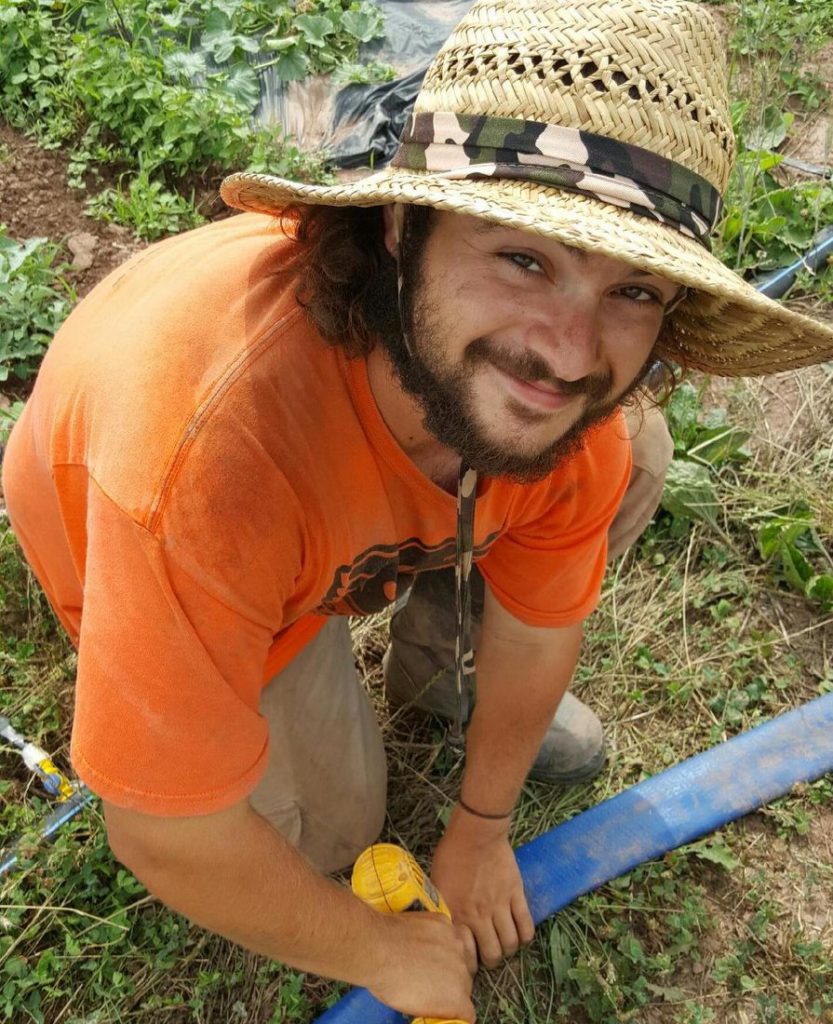 At this point our bodies have become somewhat adjusted to the heat, as have the vegetable crops. But they require lots of hydration, just as we do. Our irrigation manager Jeff (pictured to the right), is kept busy zipping around the farm on the orange 4-wheeler, managing the water needs across the entire farm. Monday night’s rain was cause for celebration, but we were right back to watering the next day. Tom was able to direct sow carrots, beets and green beans just before the rain arrived.
At this point our bodies have become somewhat adjusted to the heat, as have the vegetable crops. But they require lots of hydration, just as we do. Our irrigation manager Jeff (pictured to the right), is kept busy zipping around the farm on the orange 4-wheeler, managing the water needs across the entire farm. Monday night’s rain was cause for celebration, but we were right back to watering the next day. Tom was able to direct sow carrots, beets and green beans just before the rain arrived.